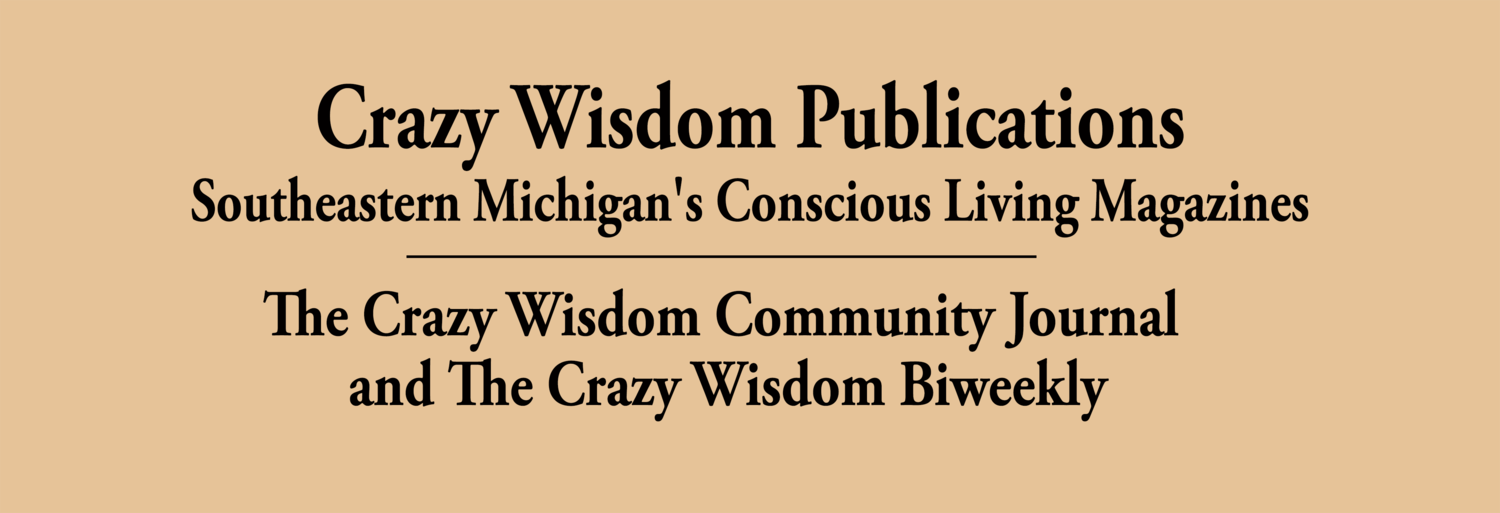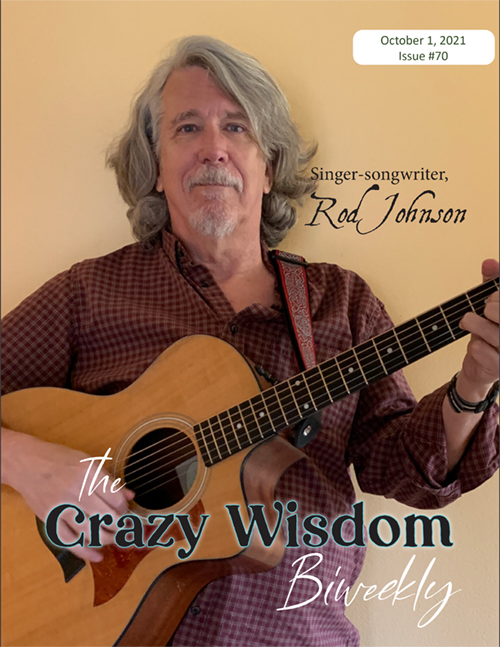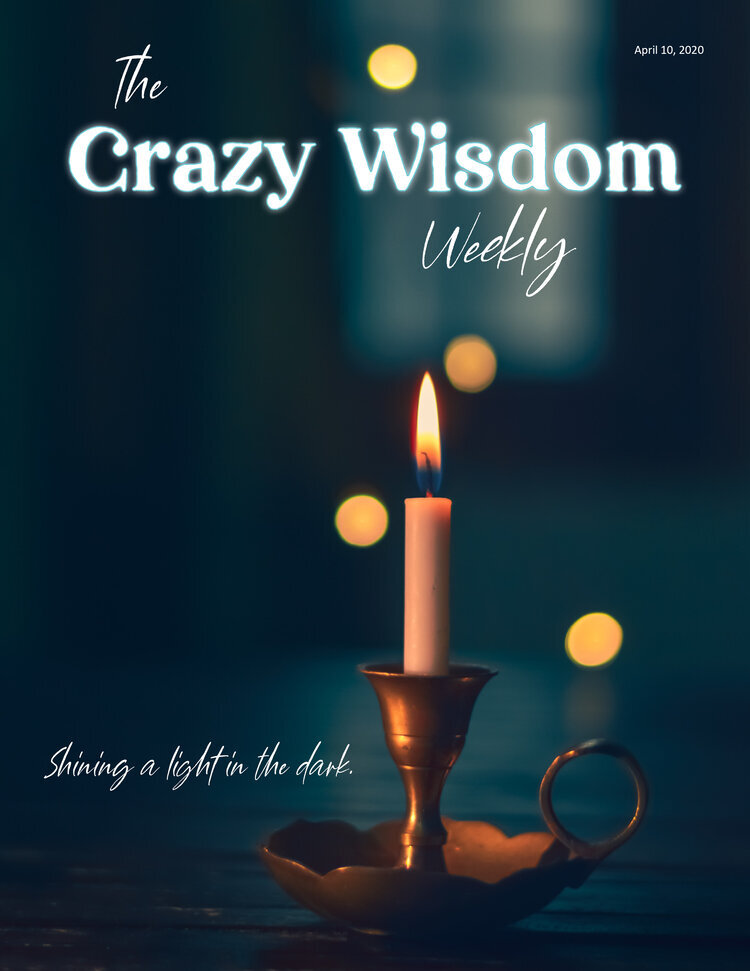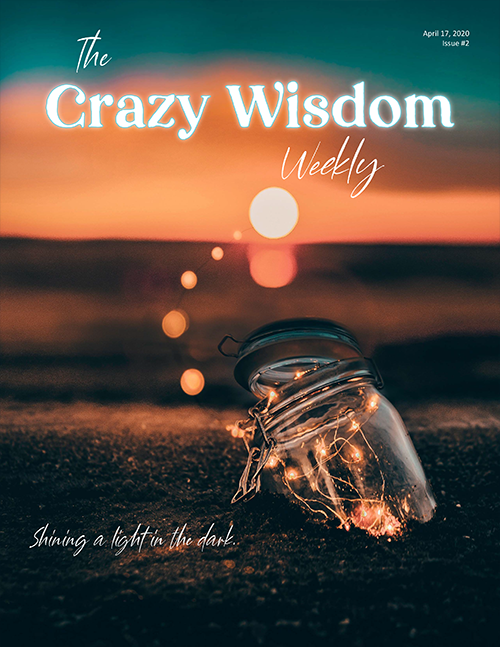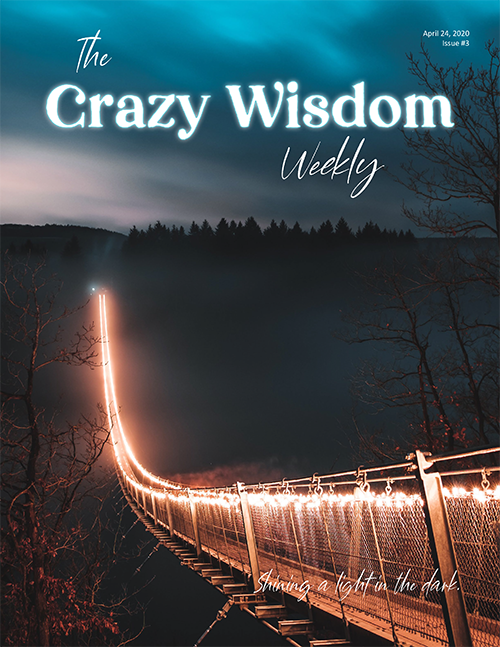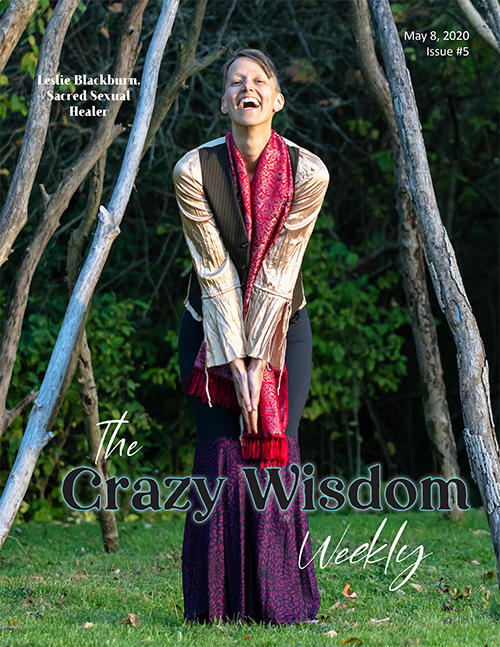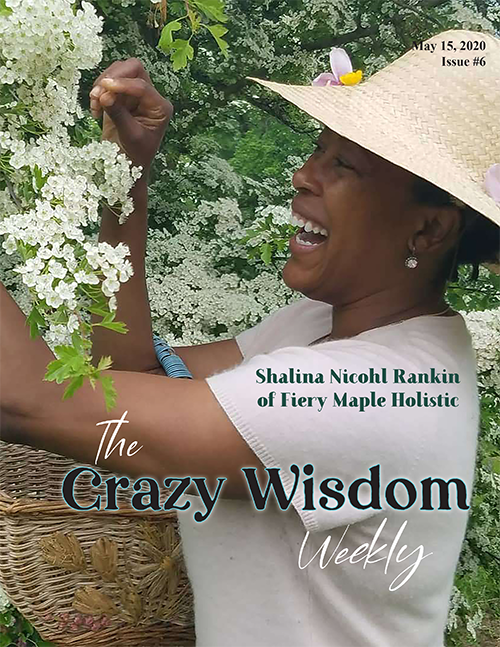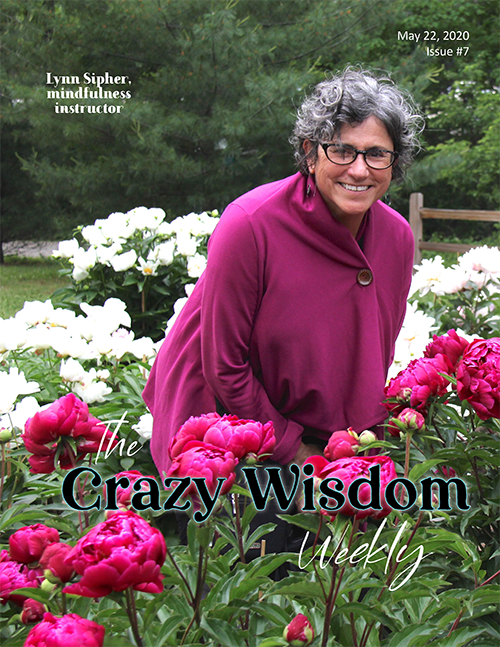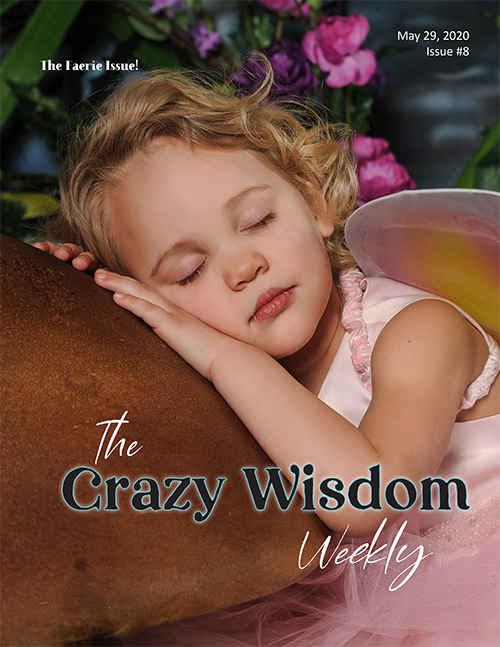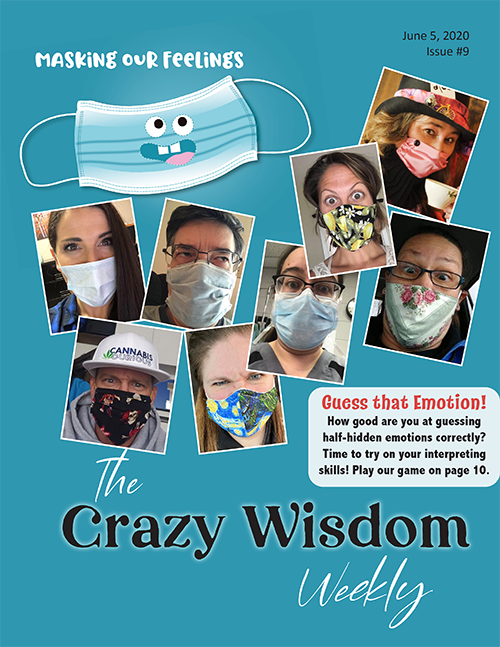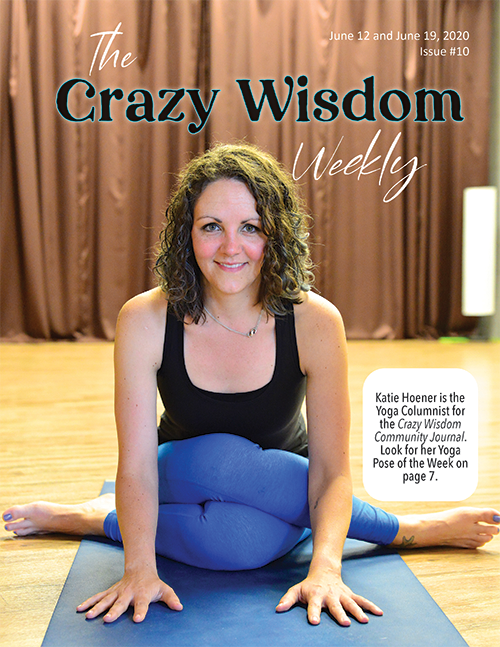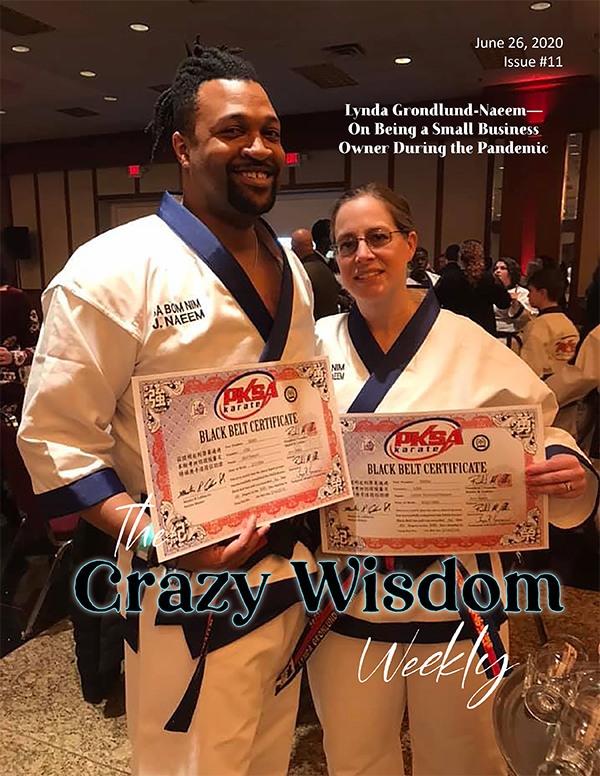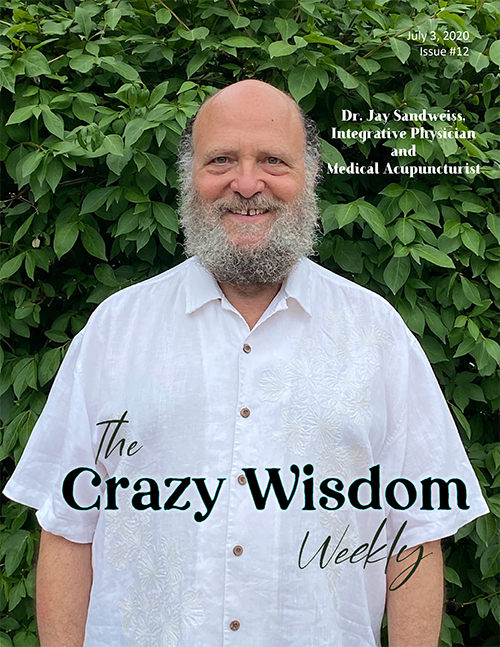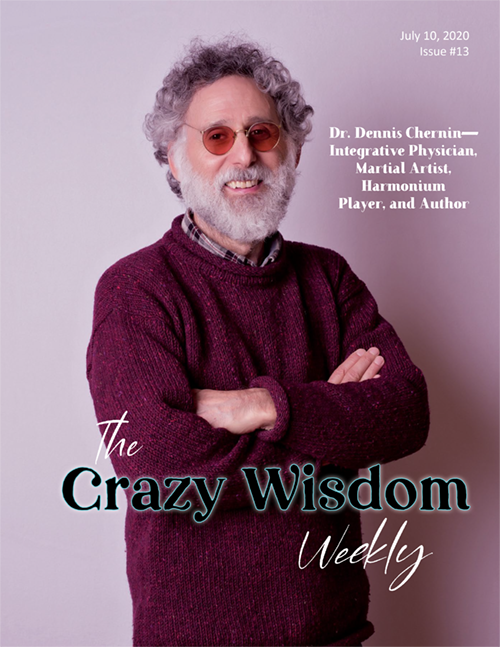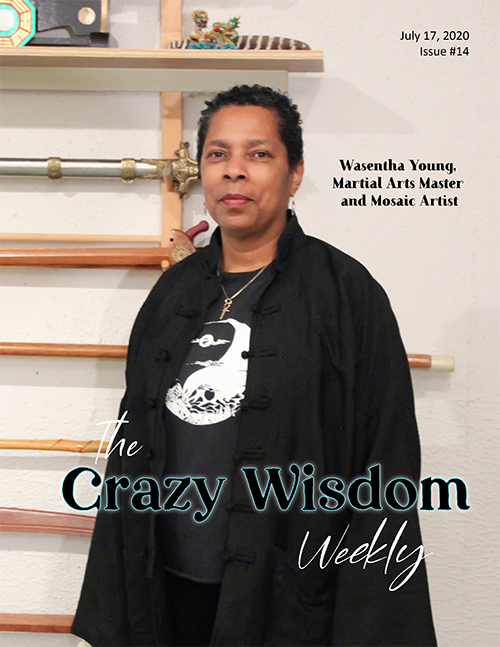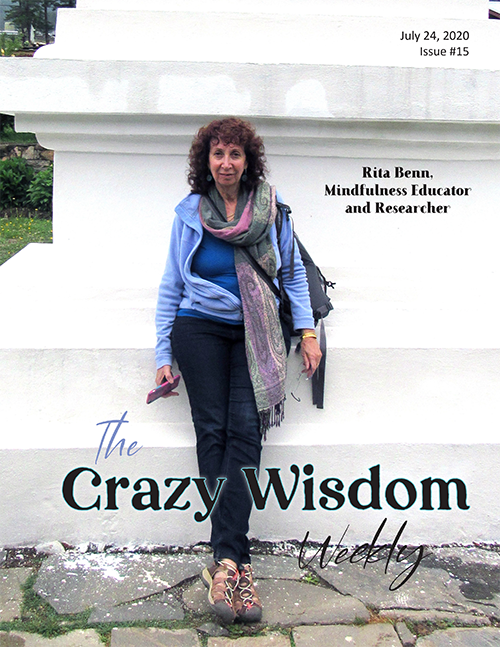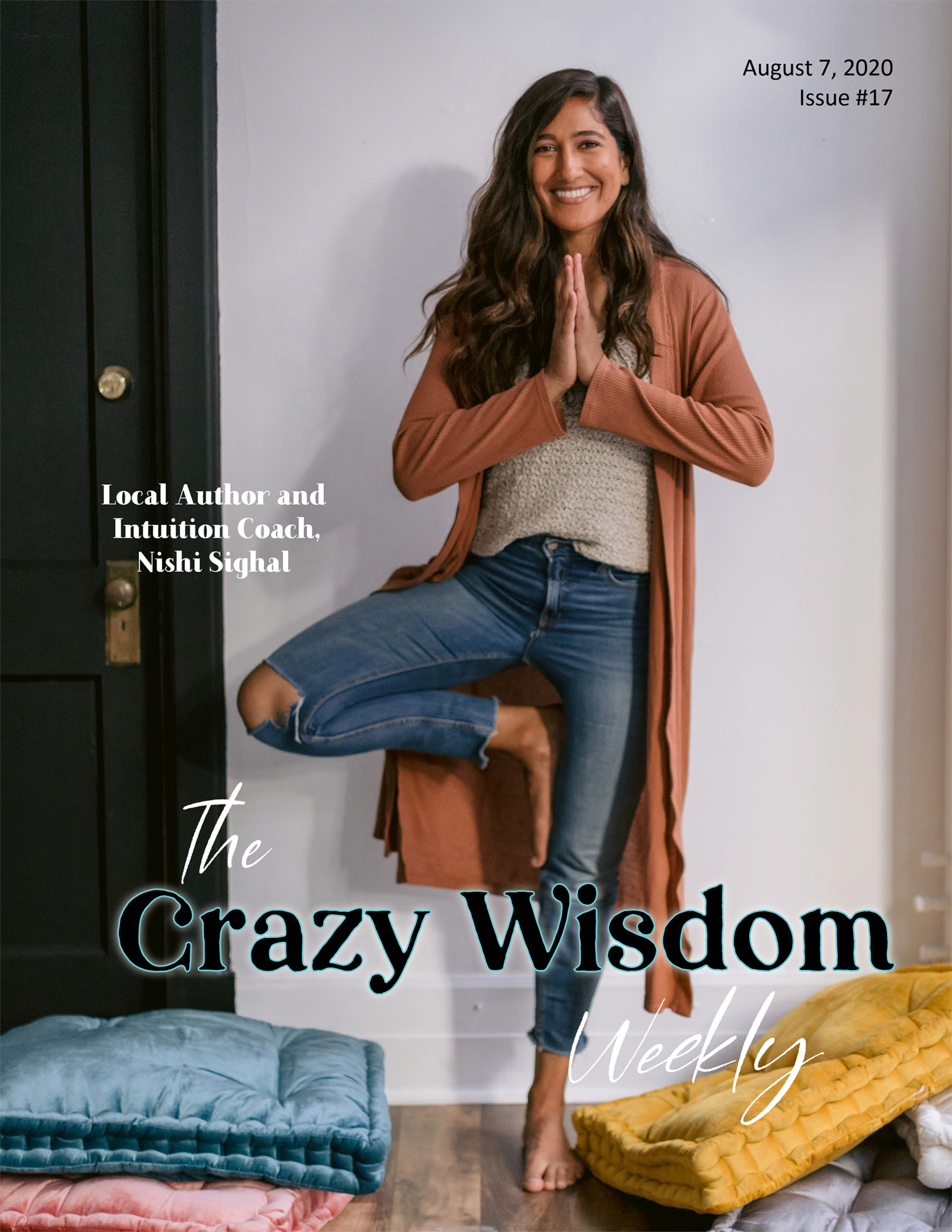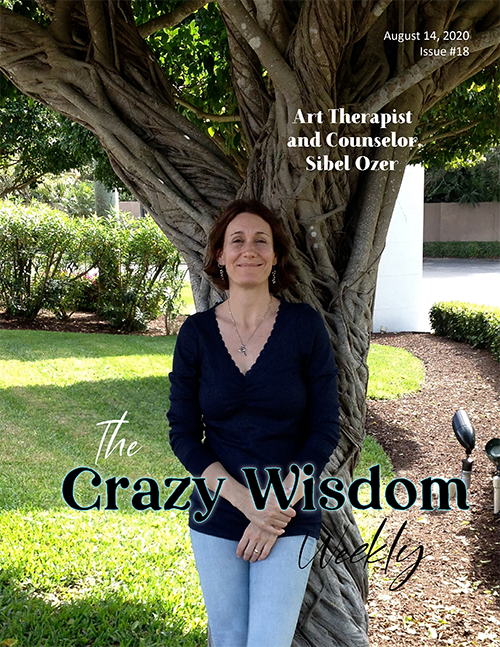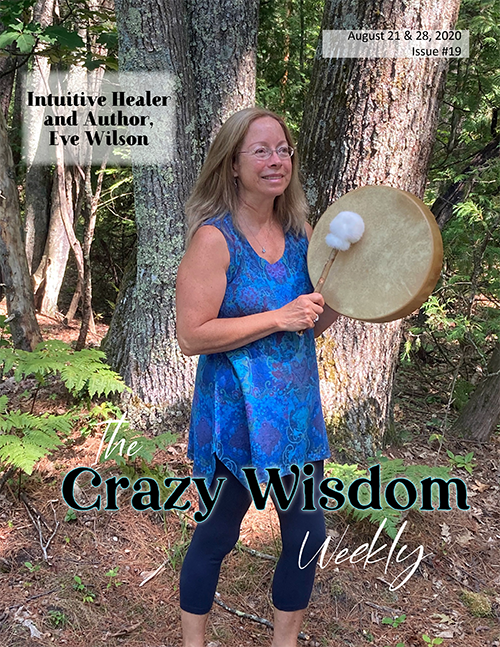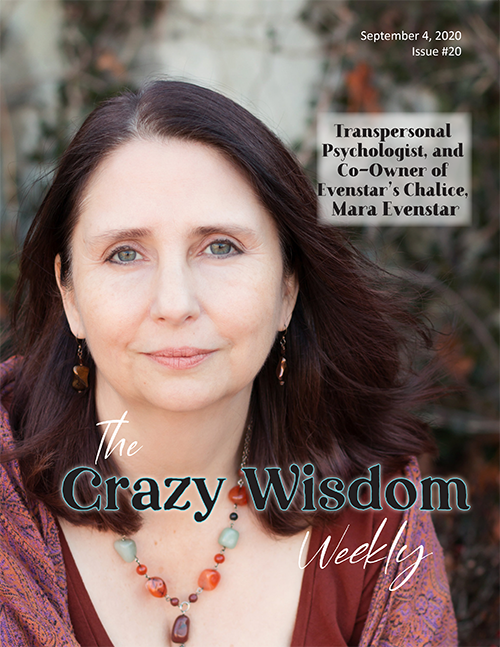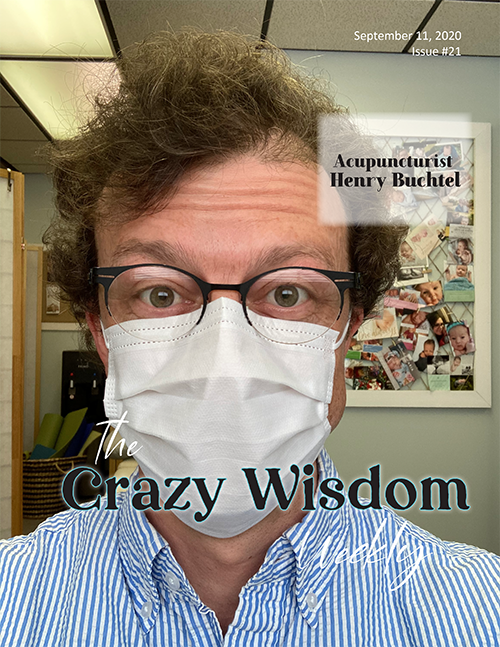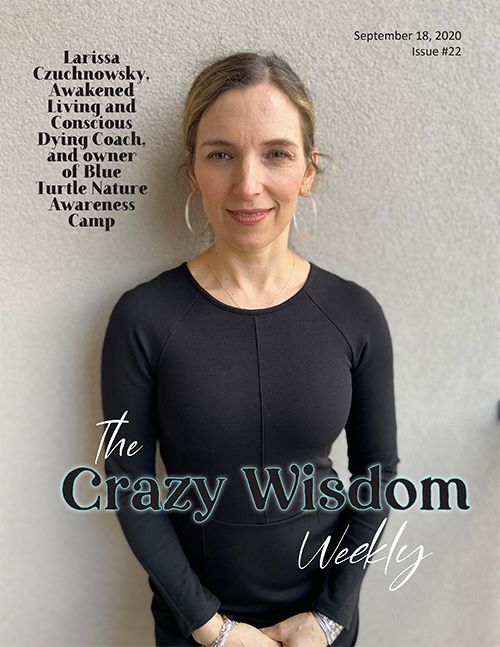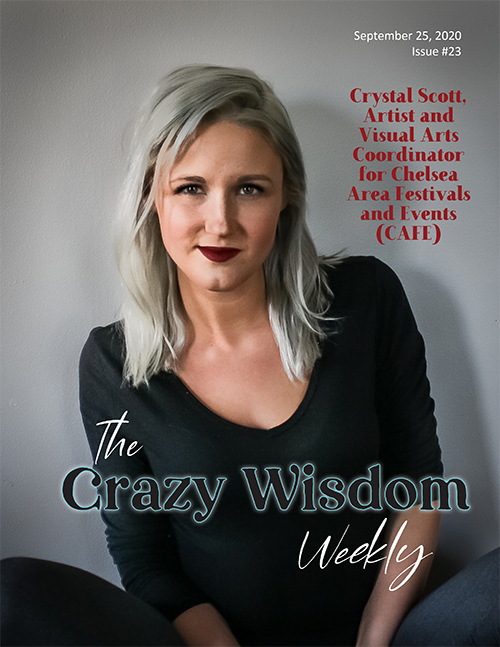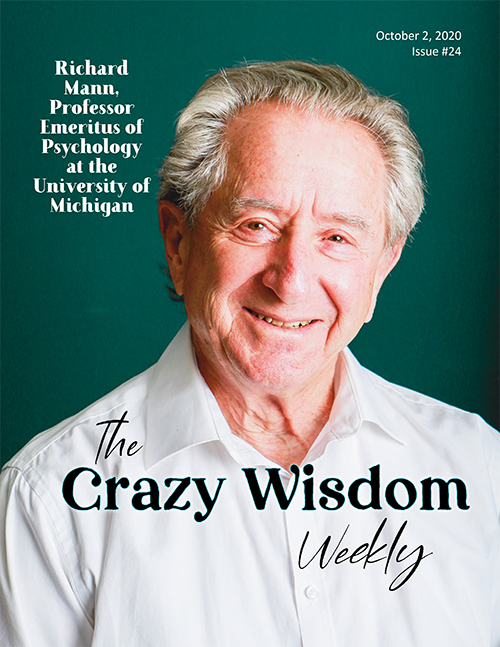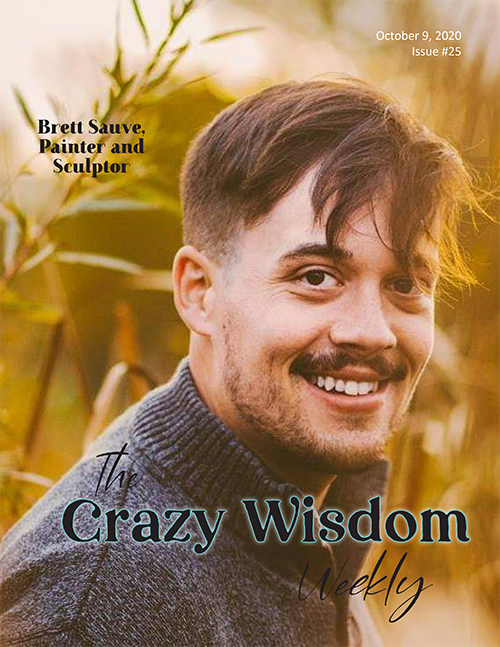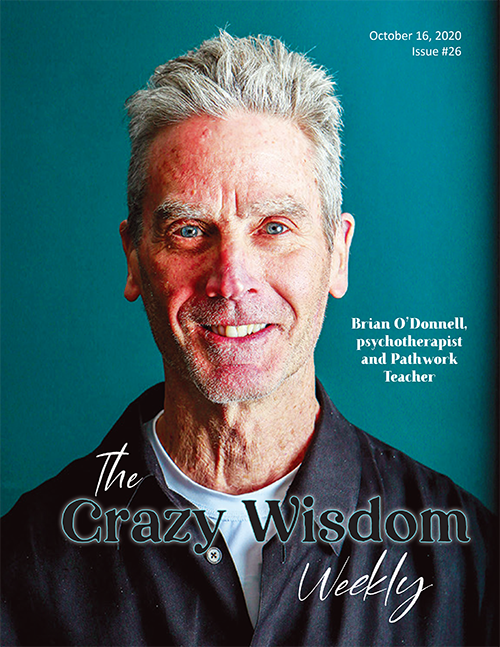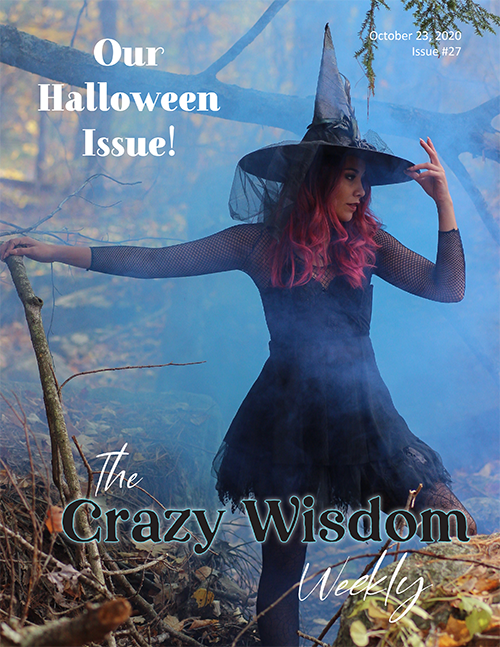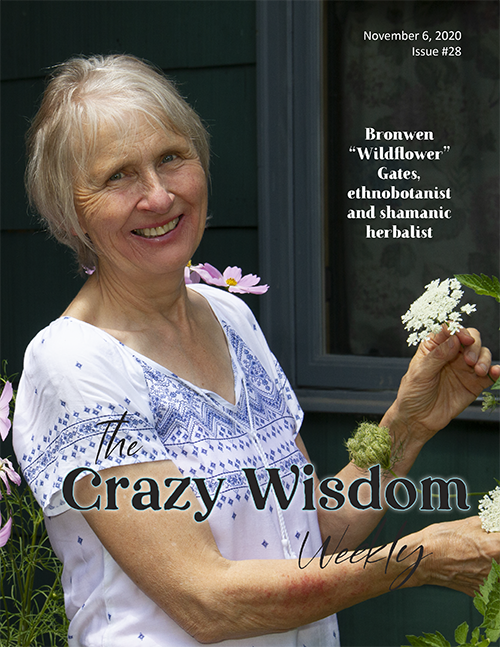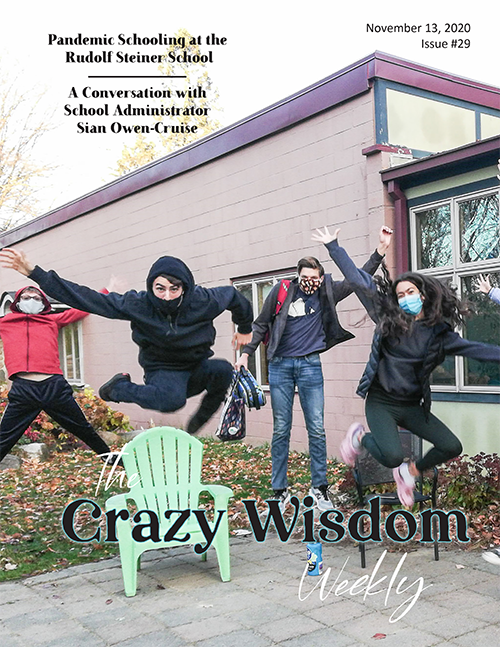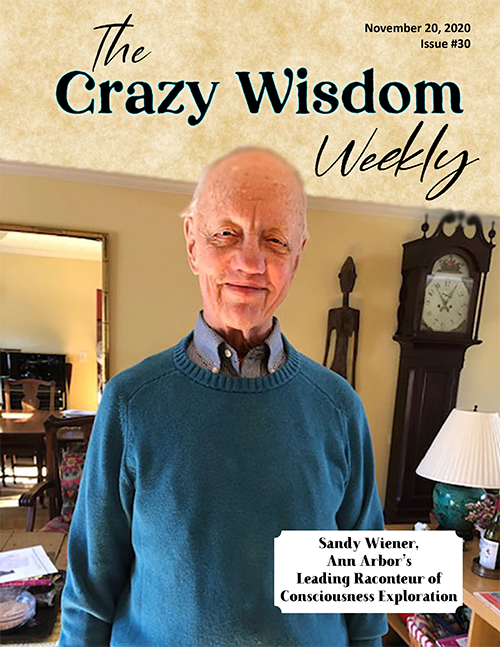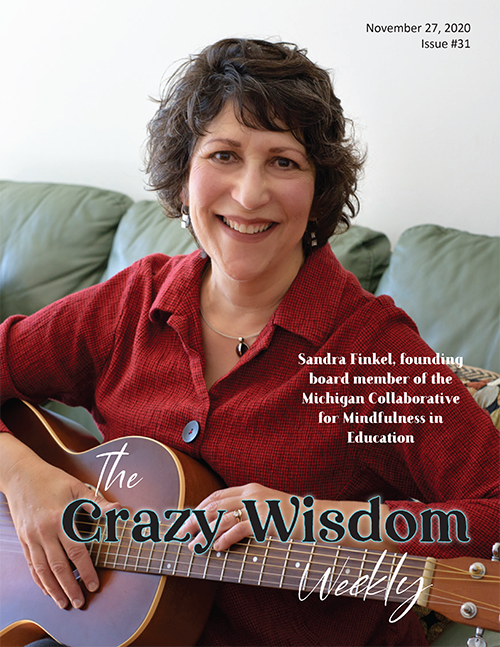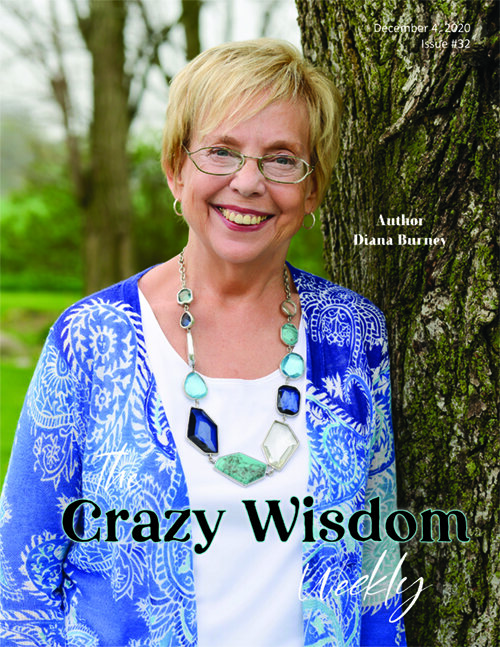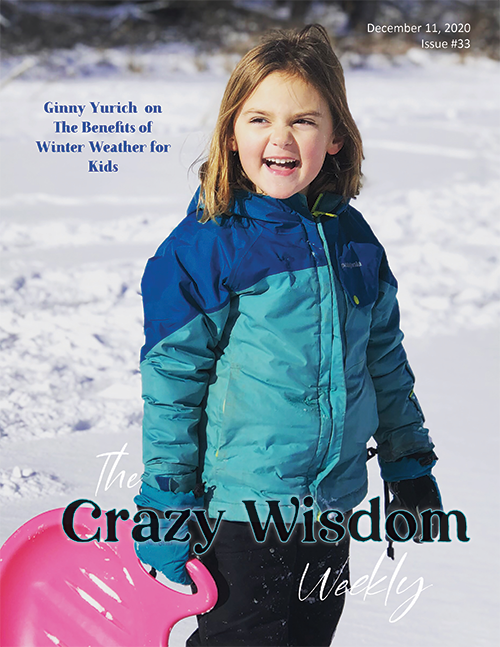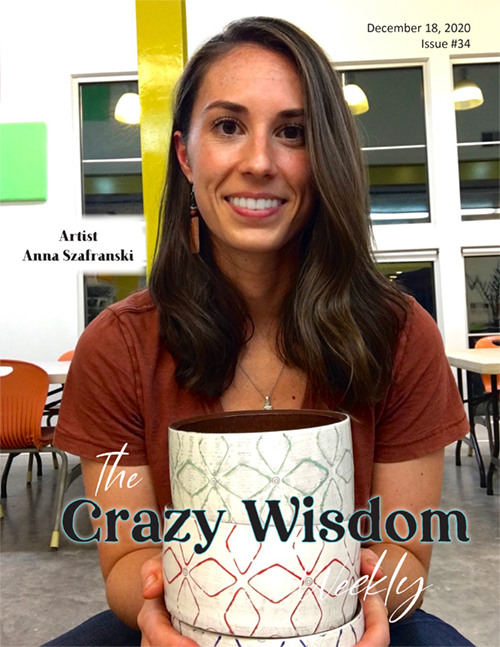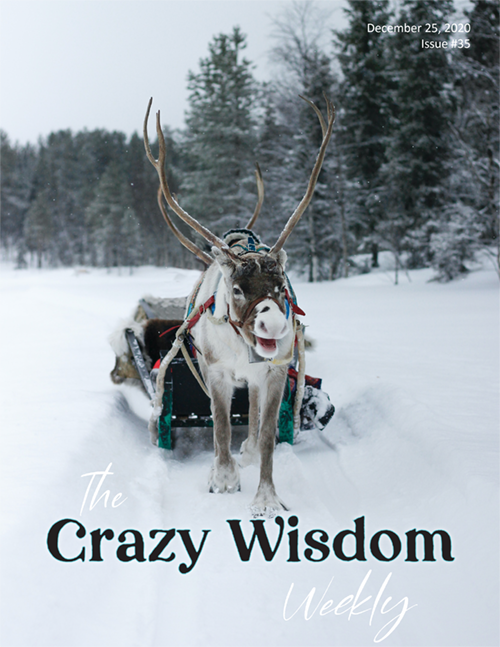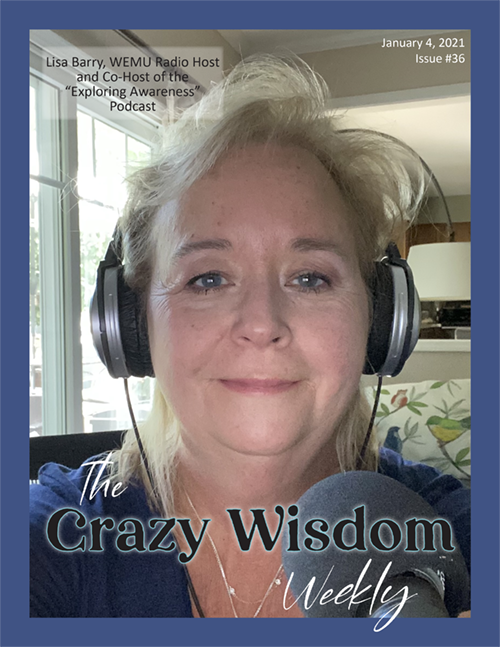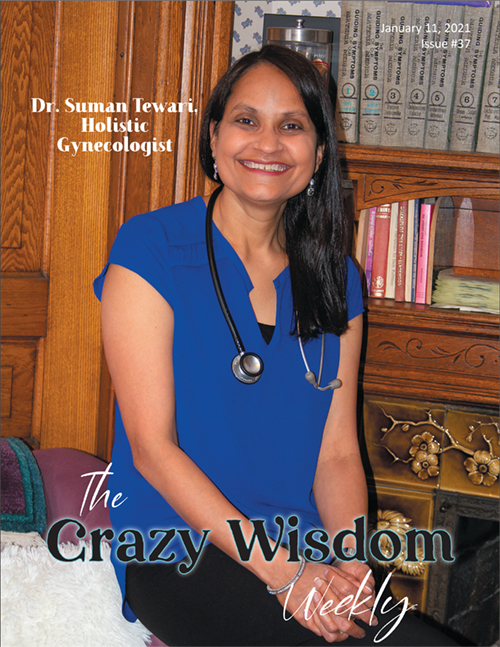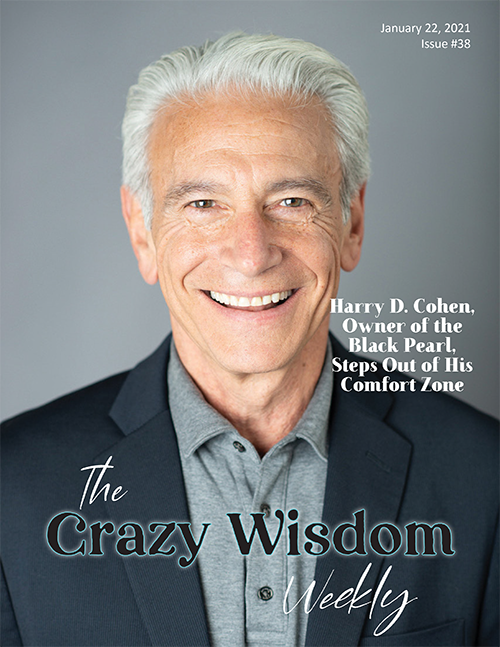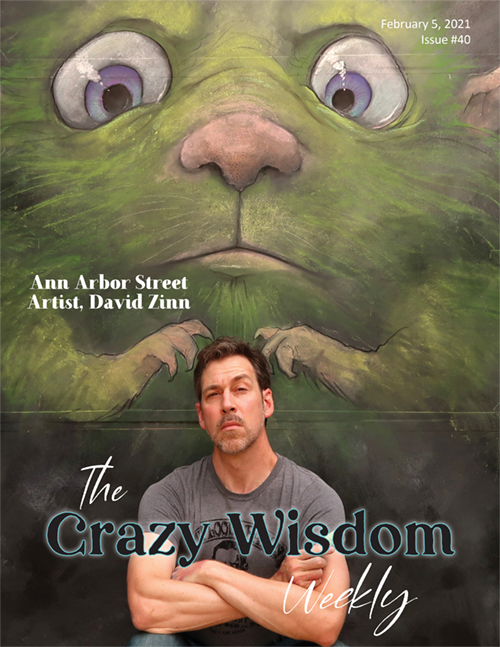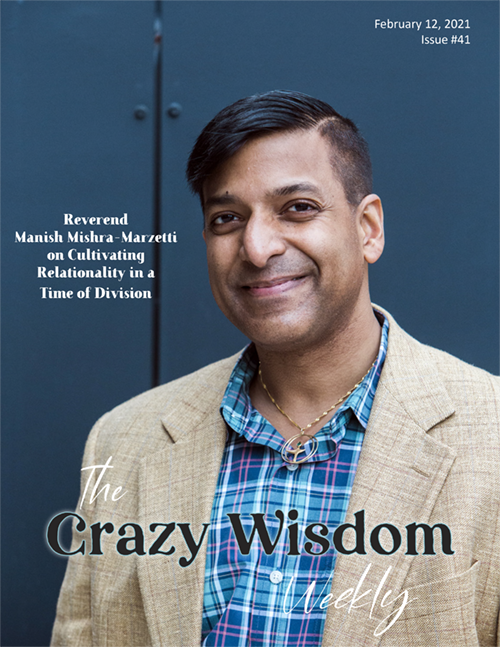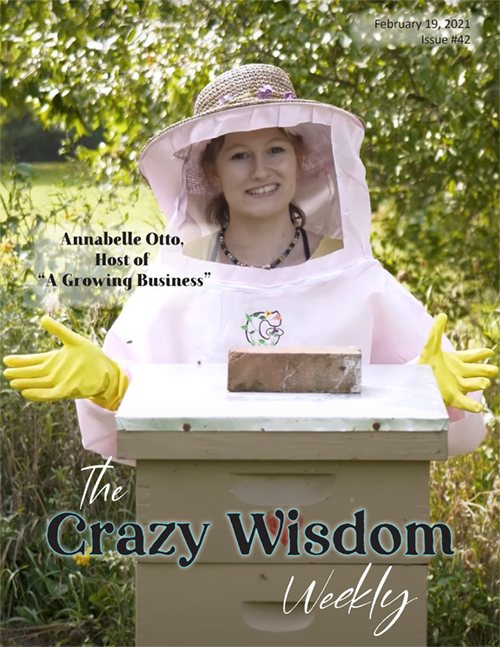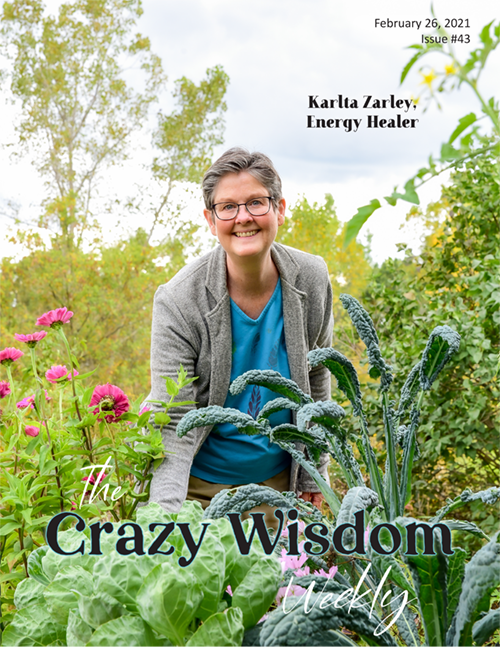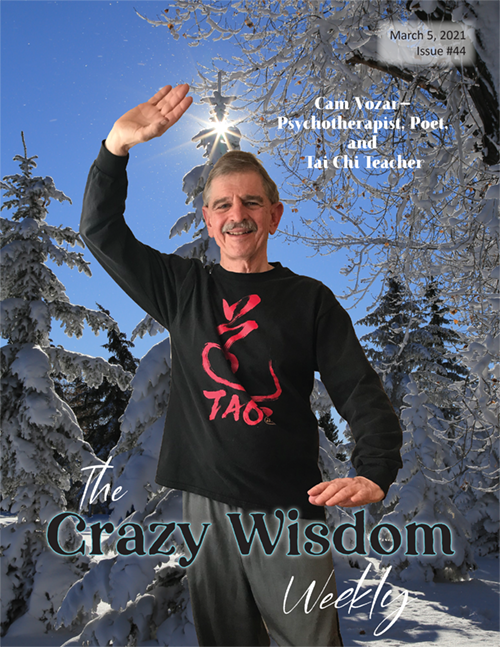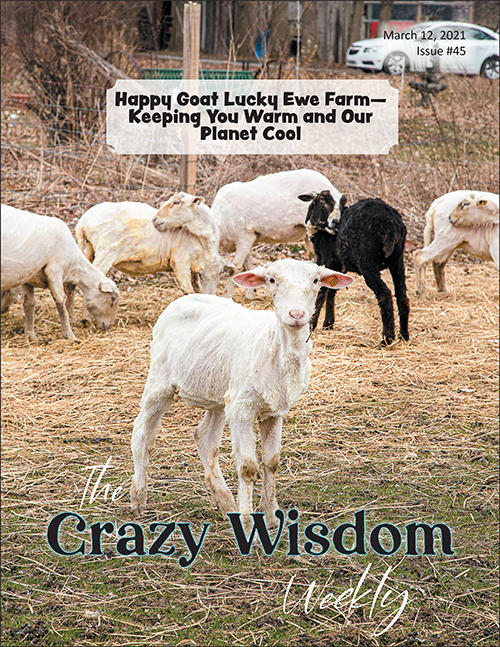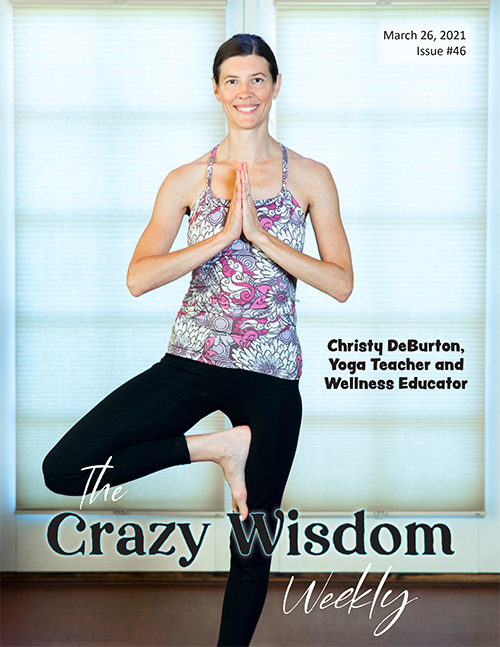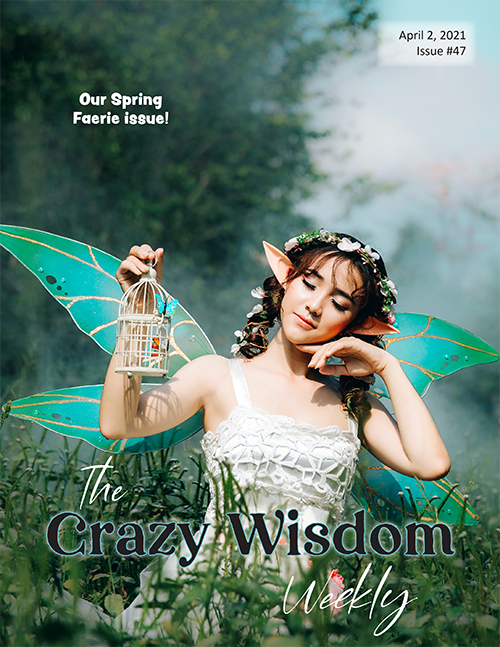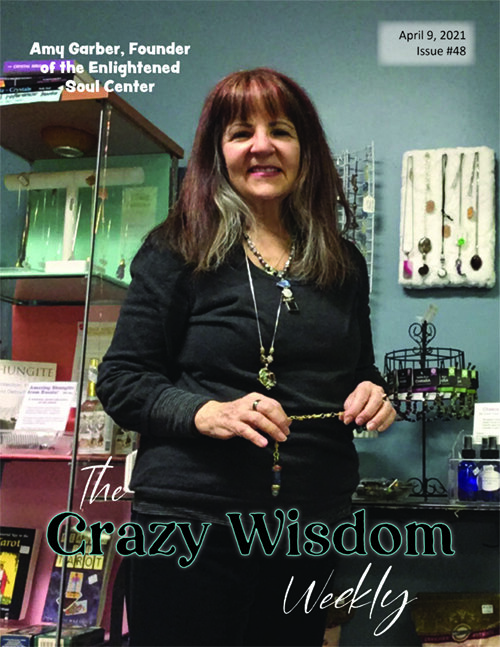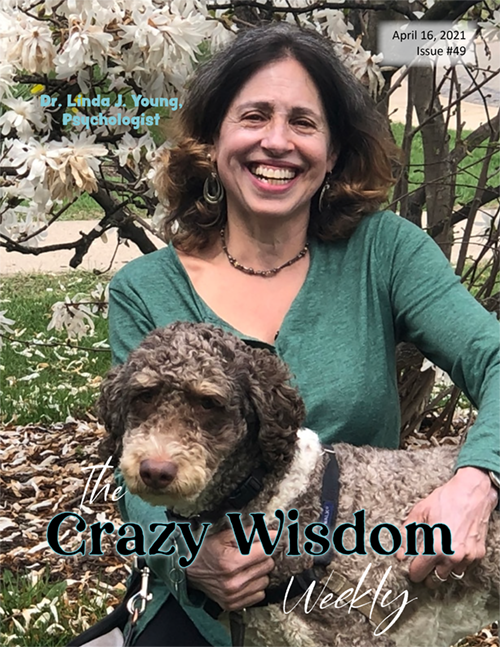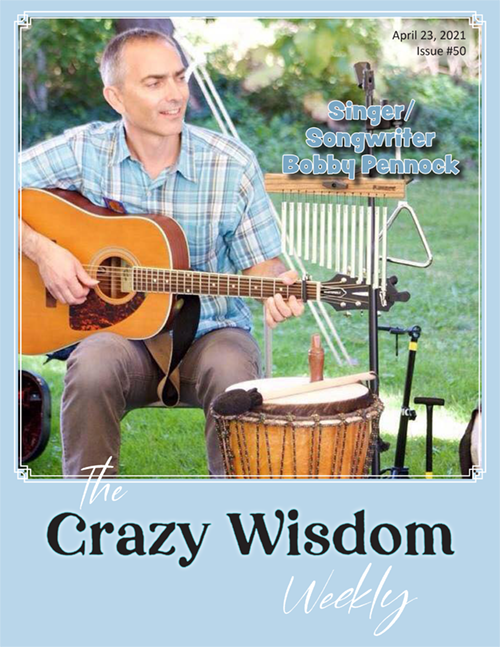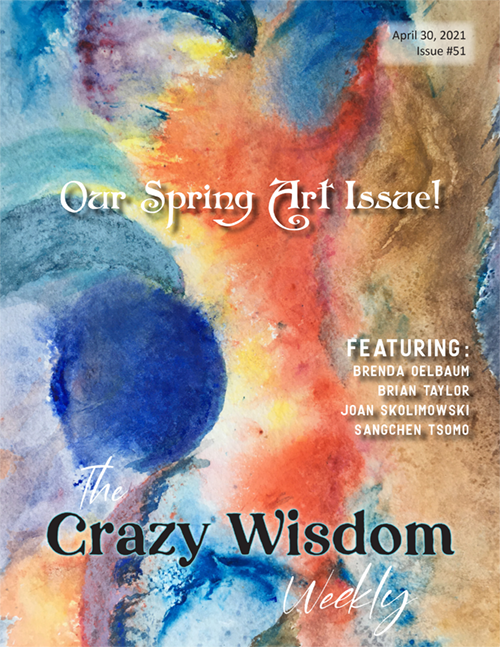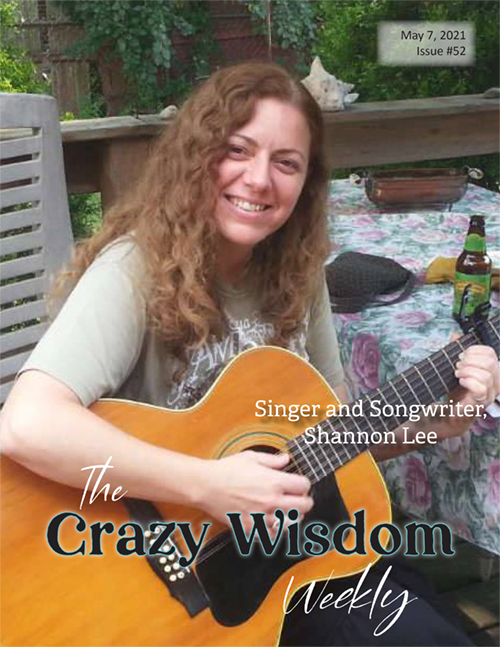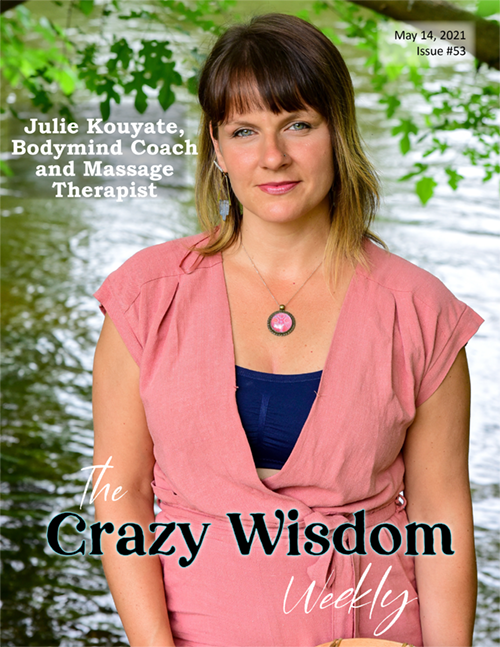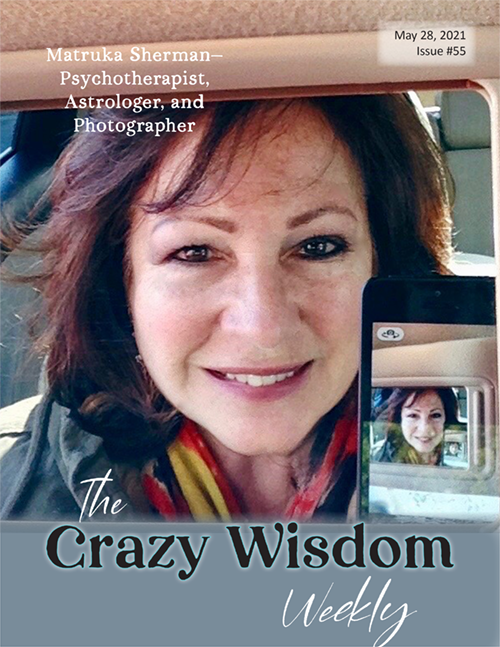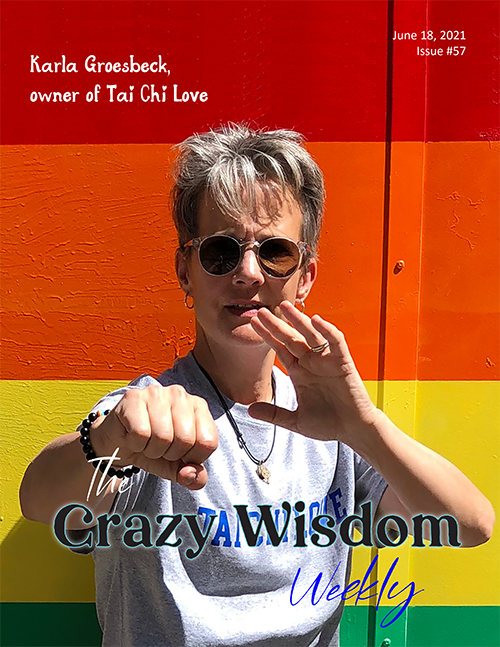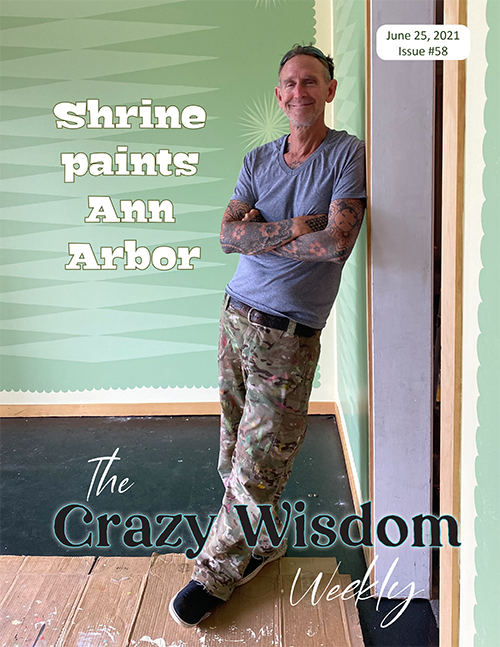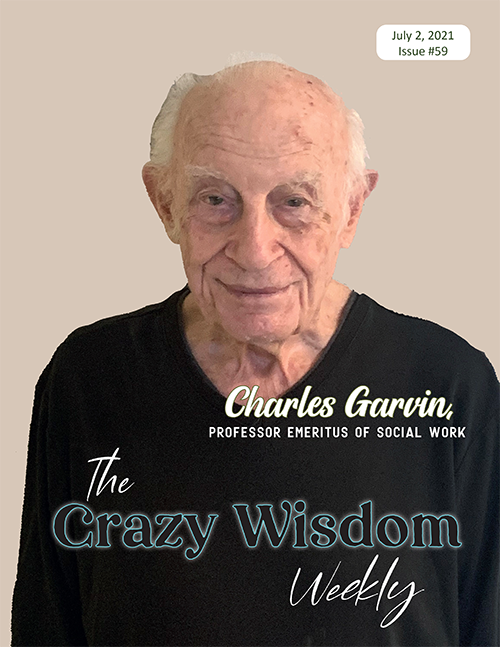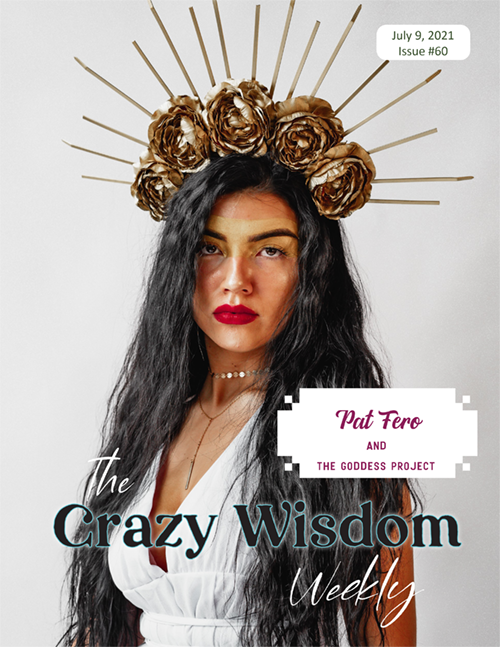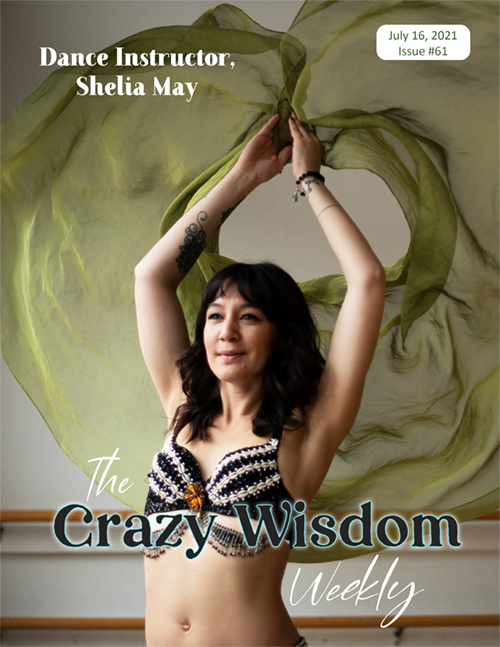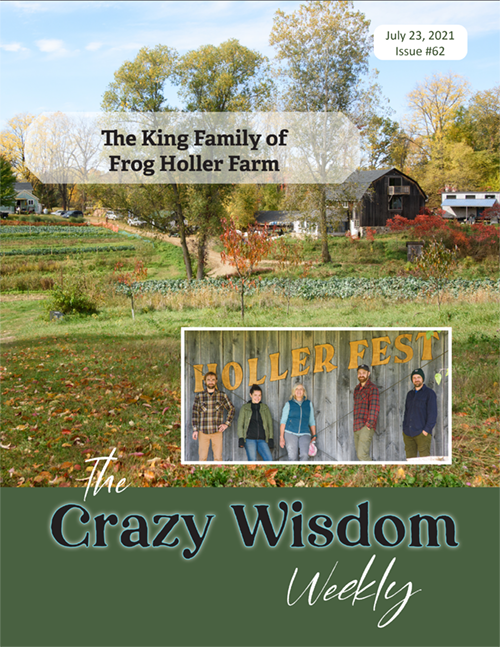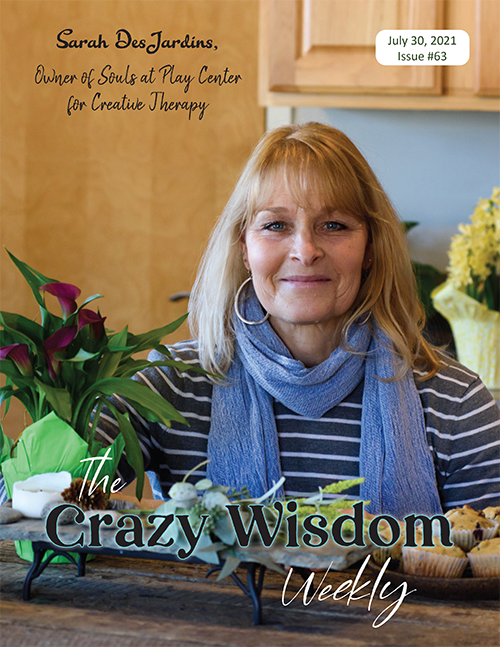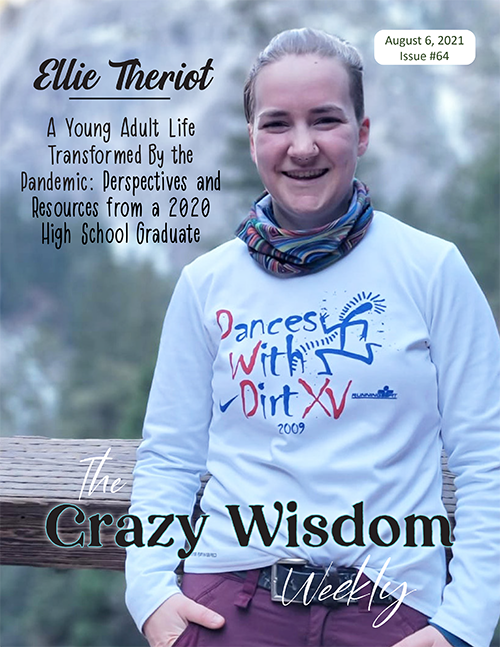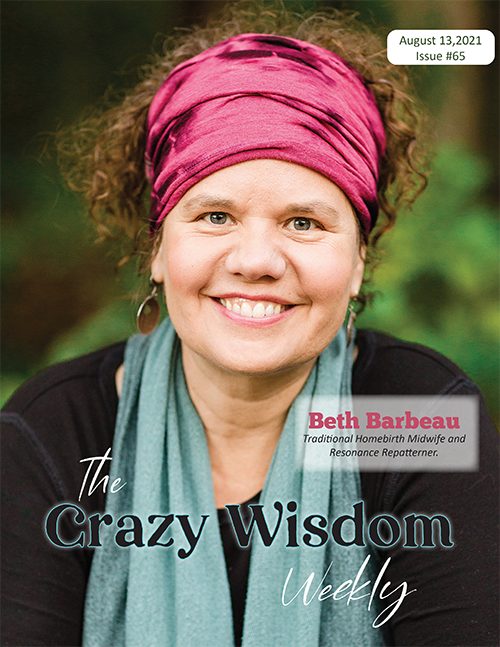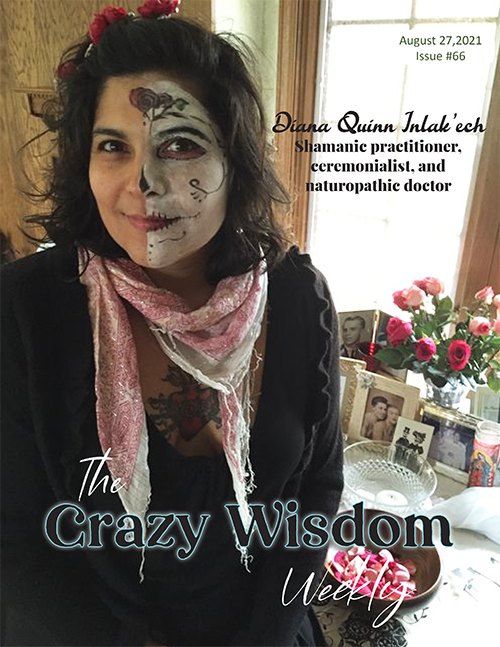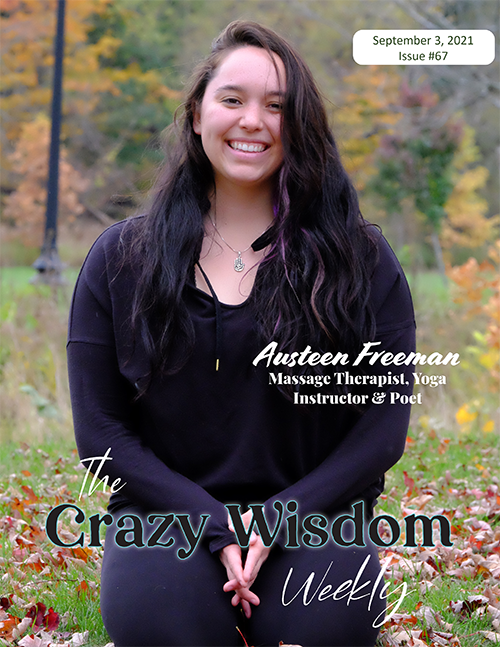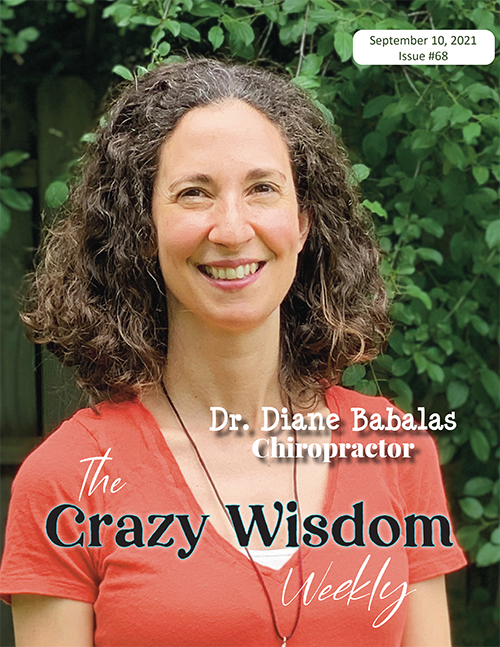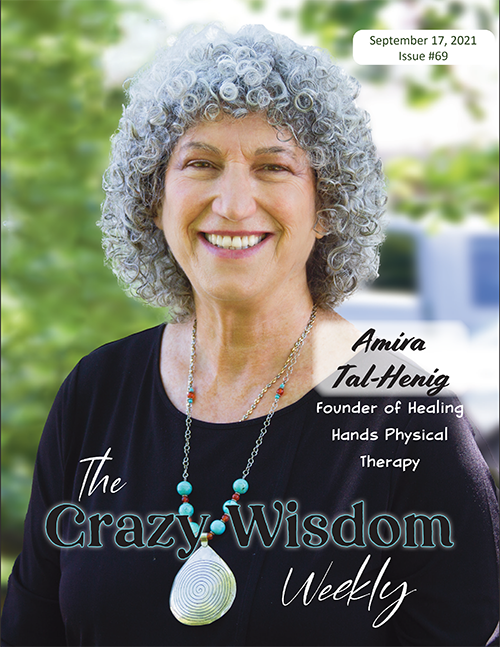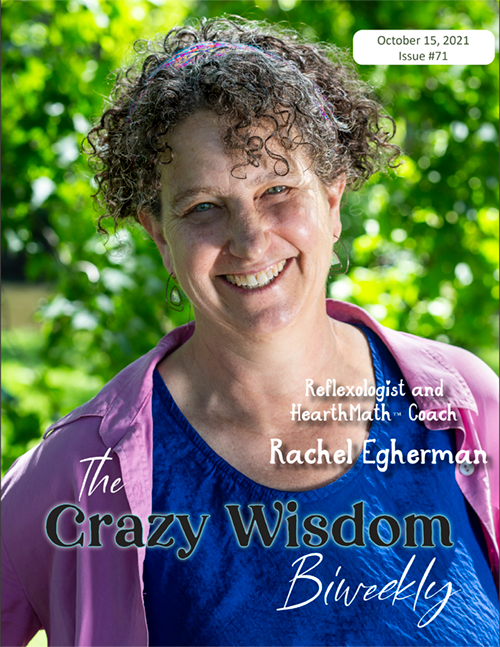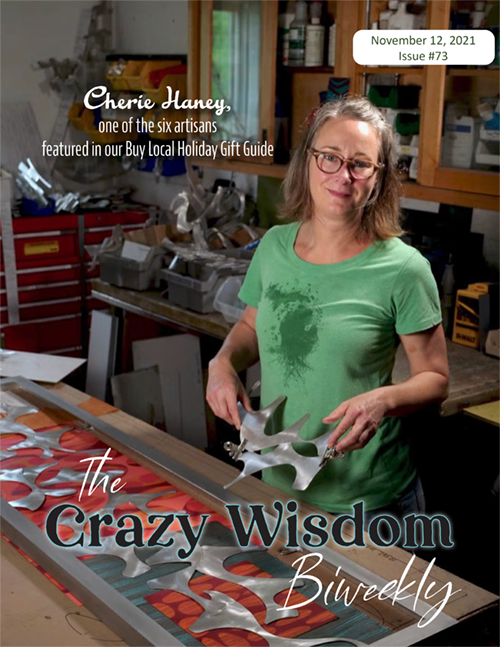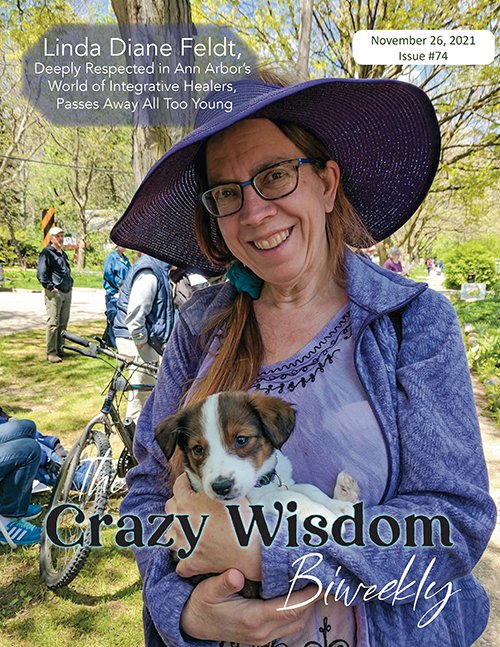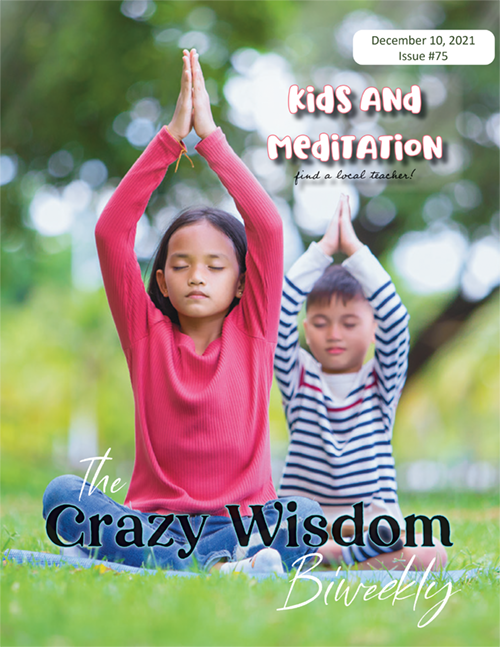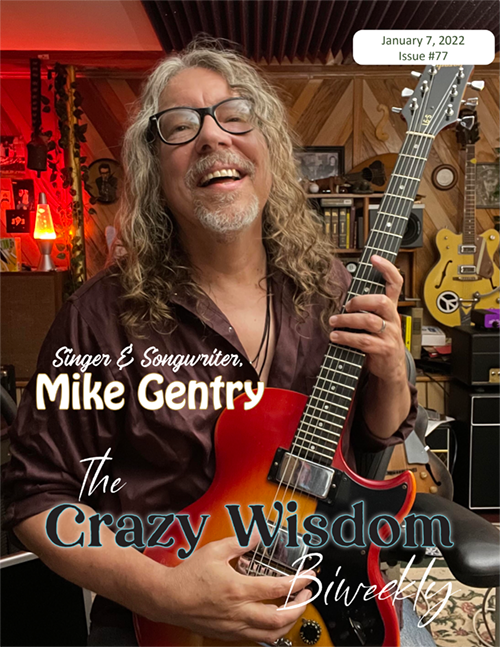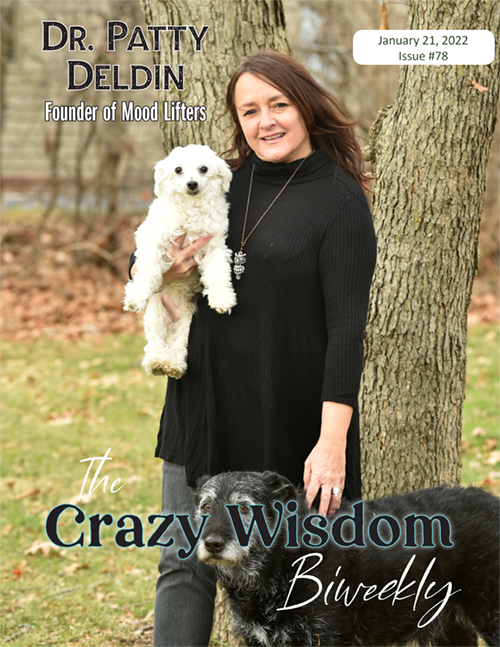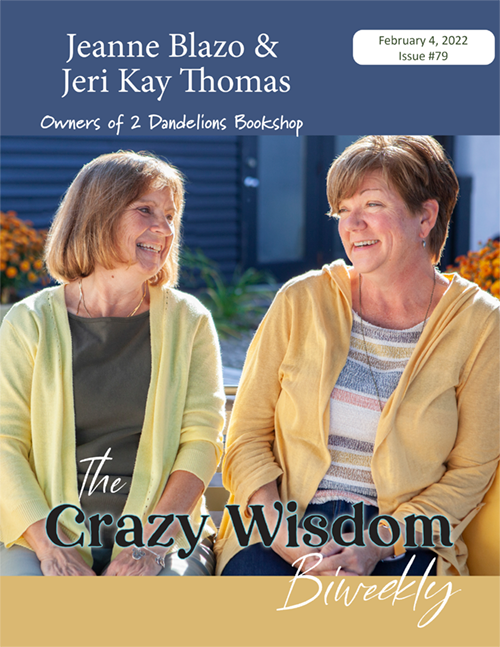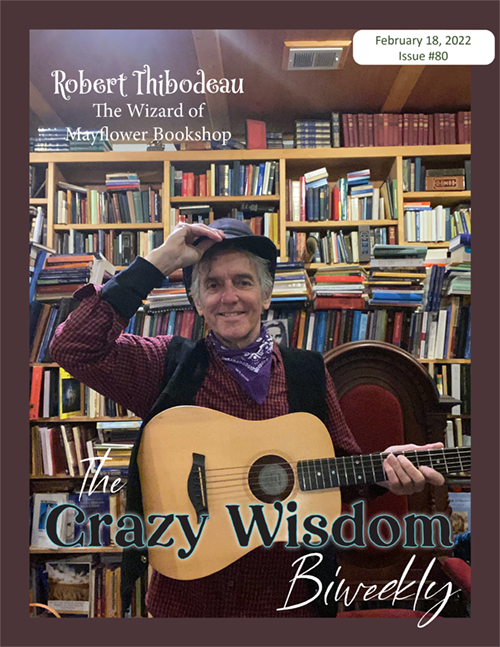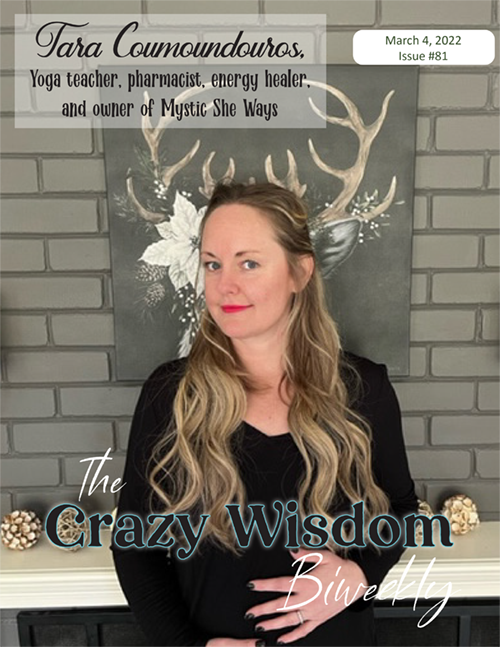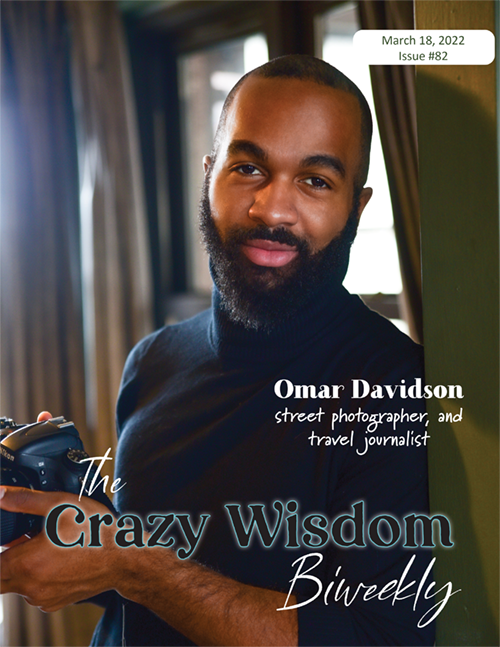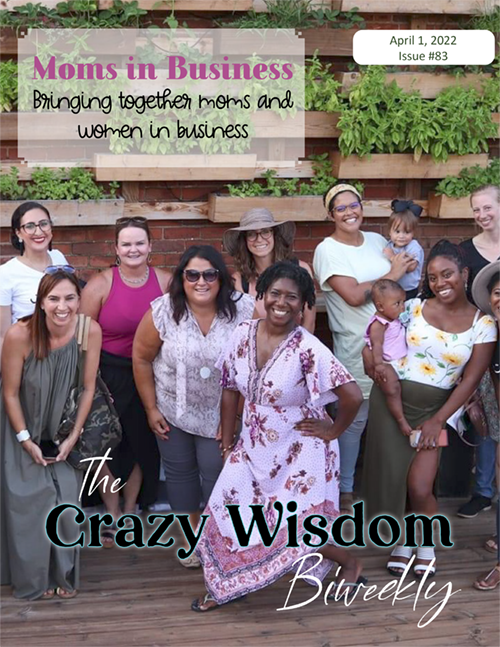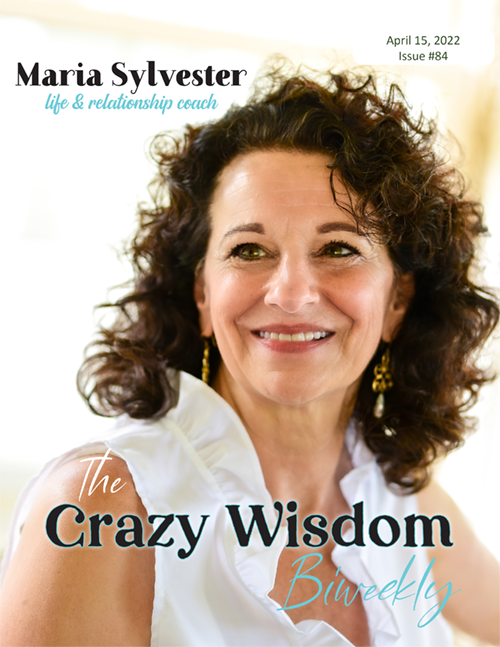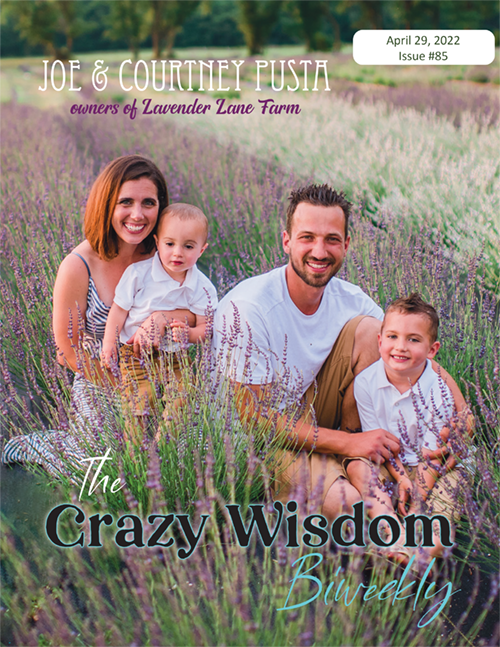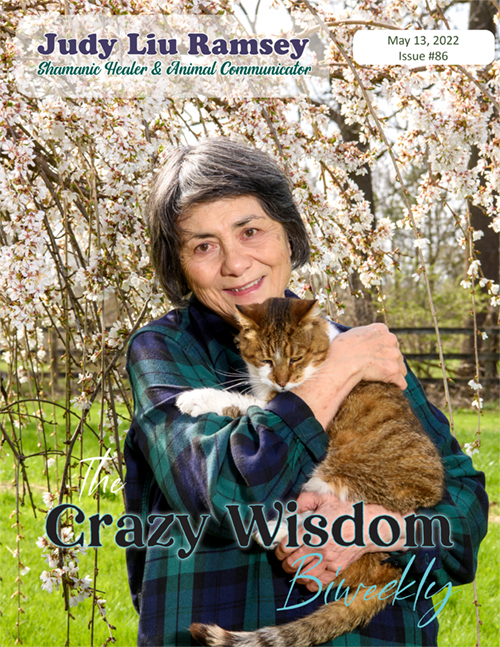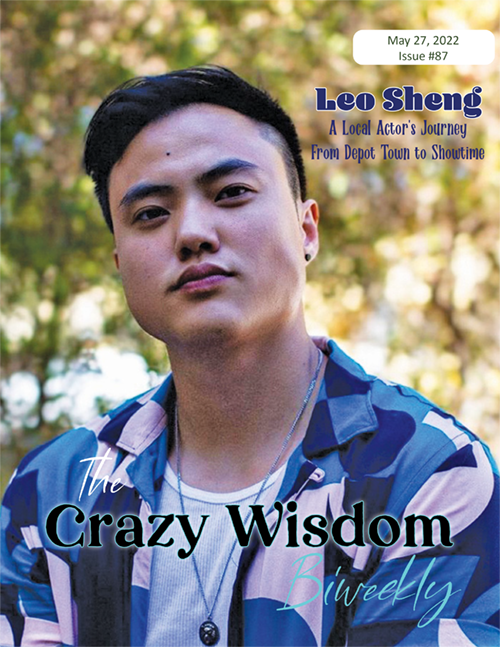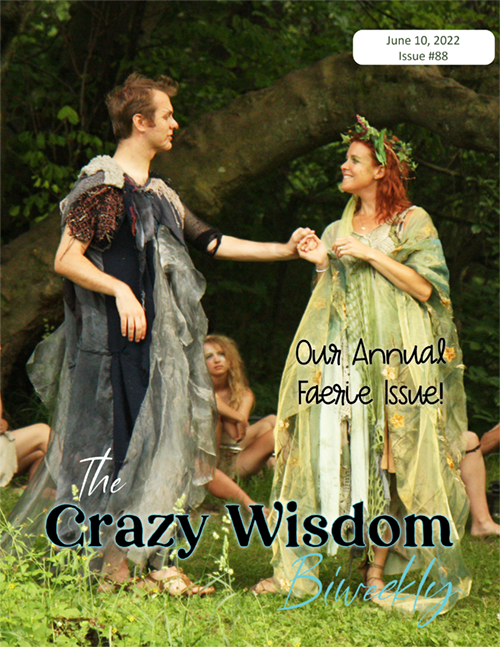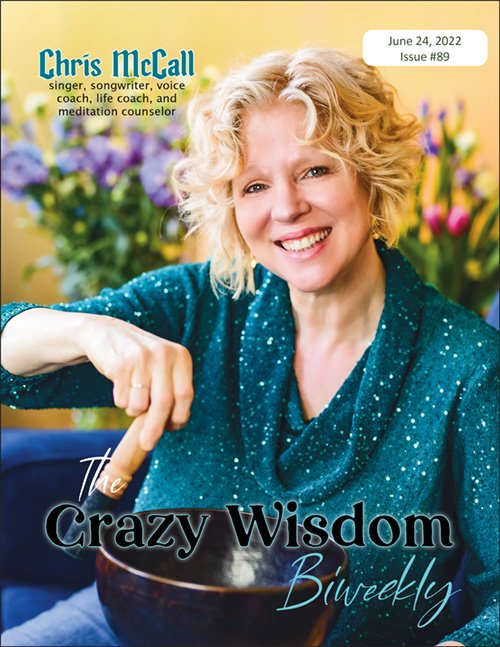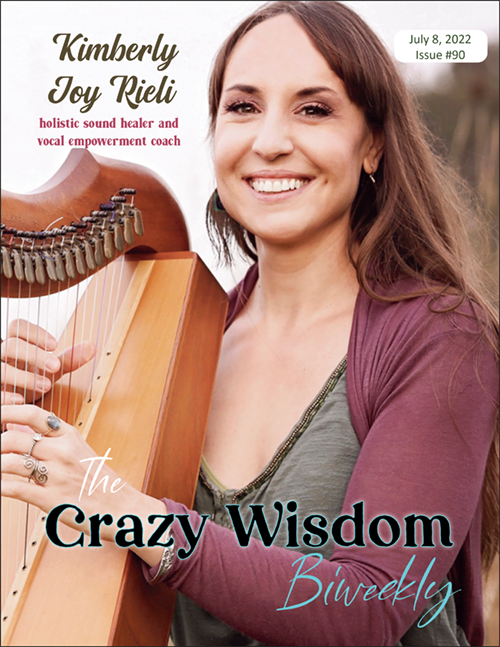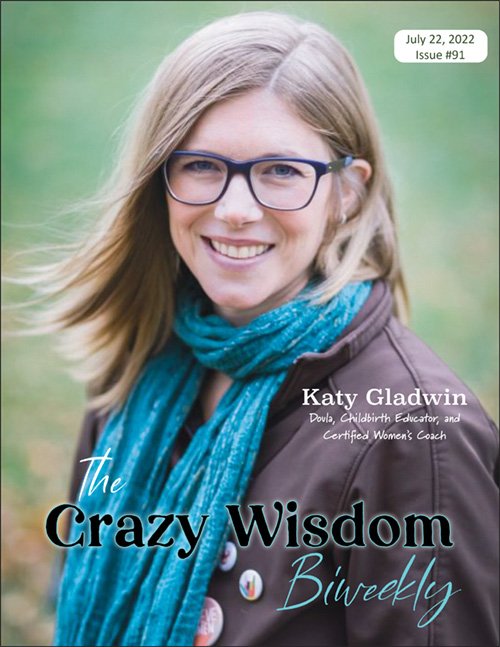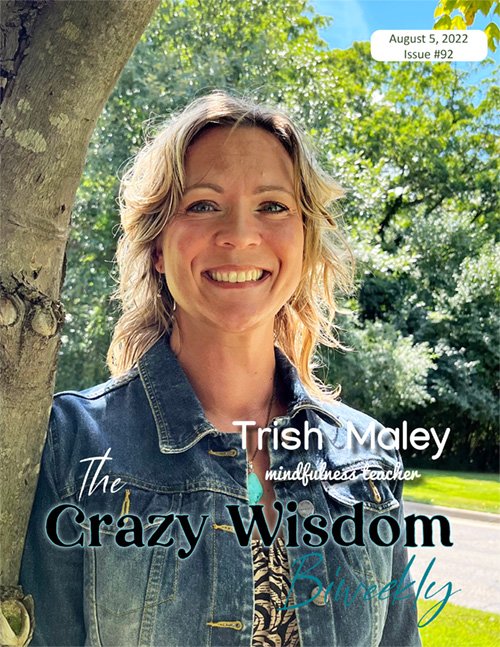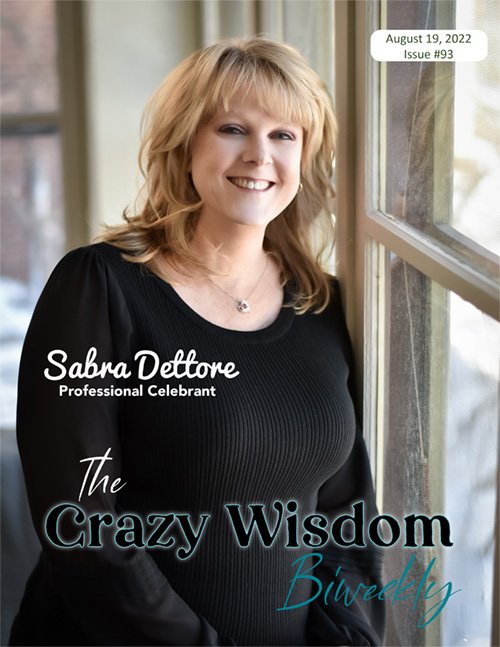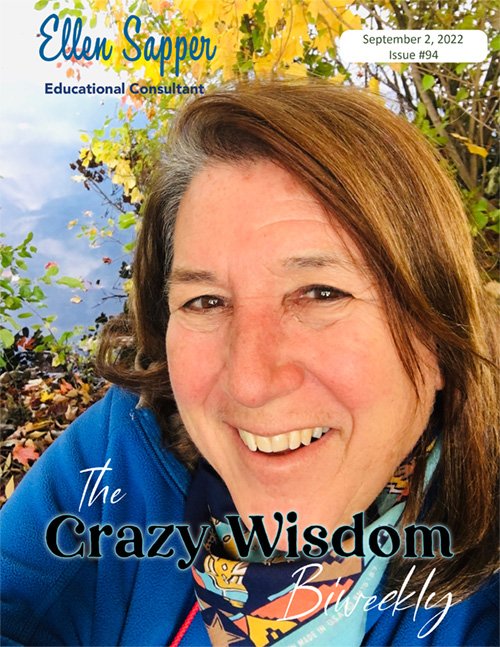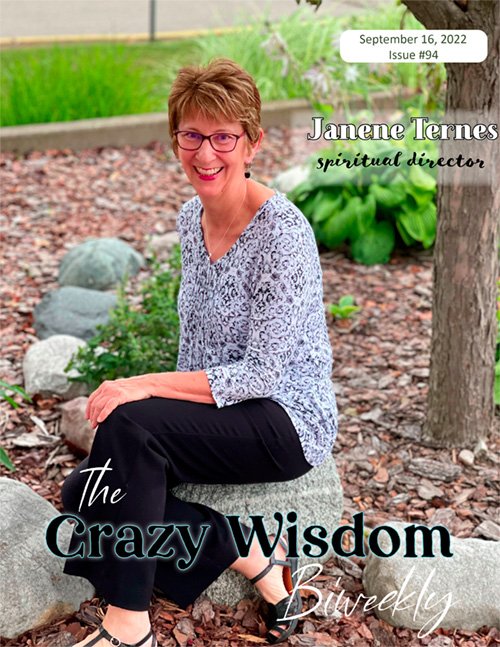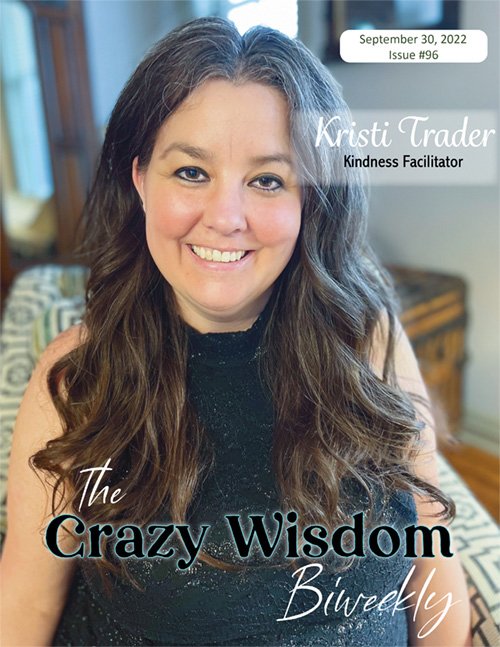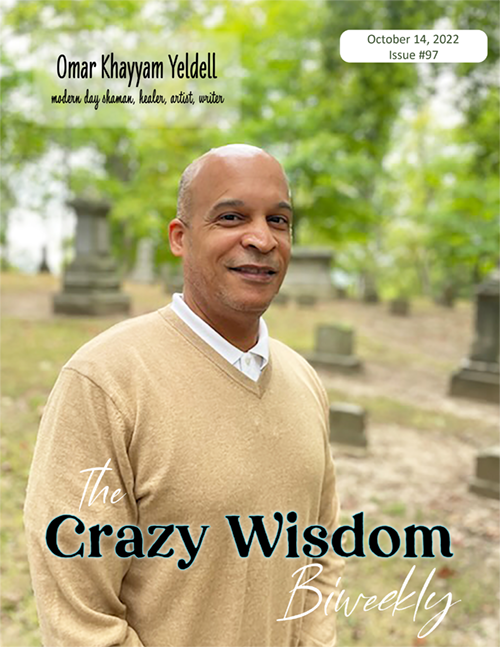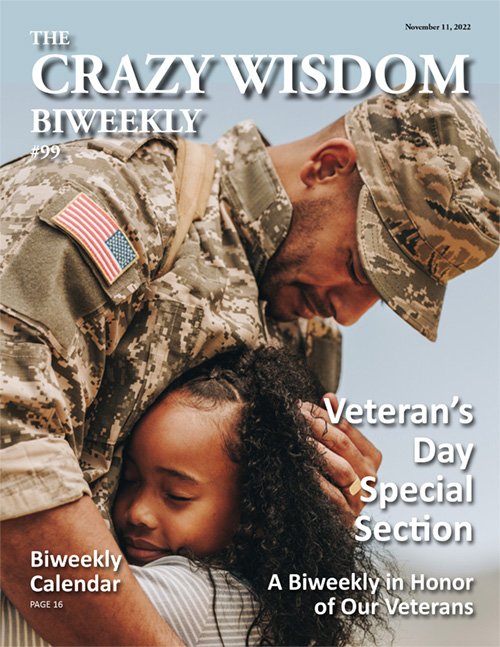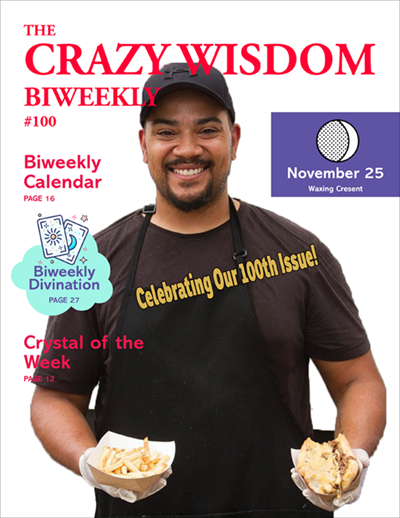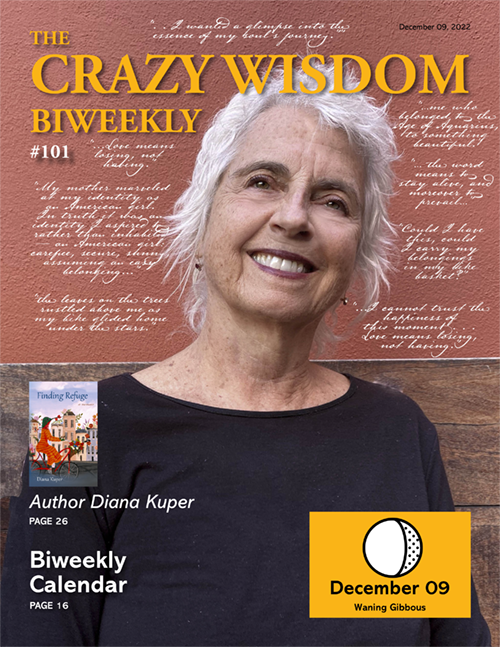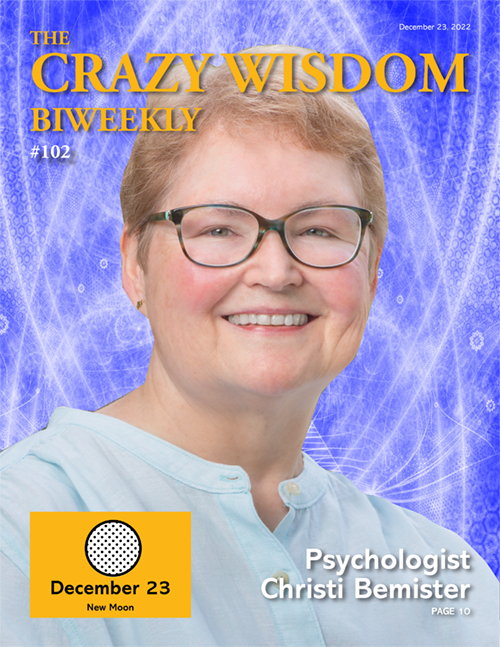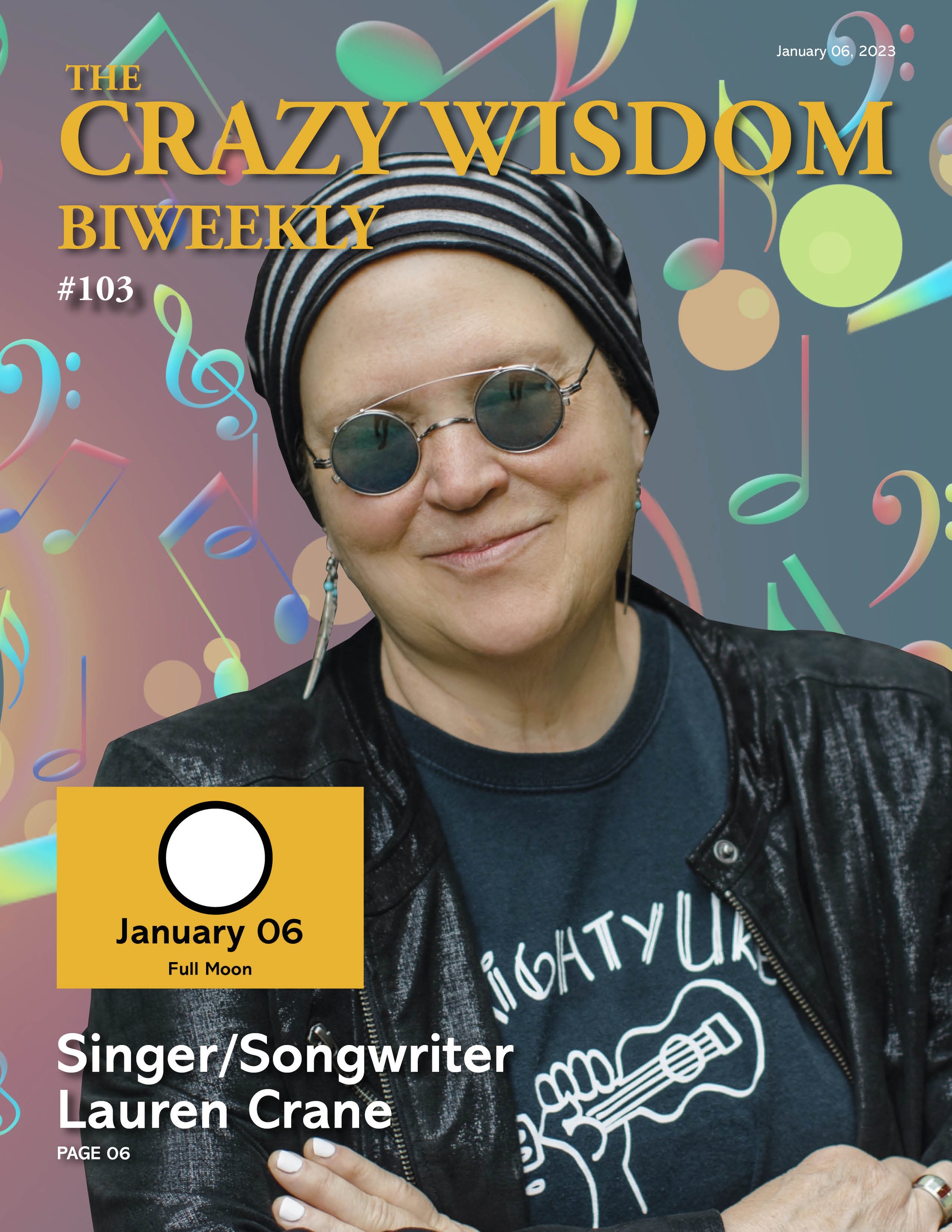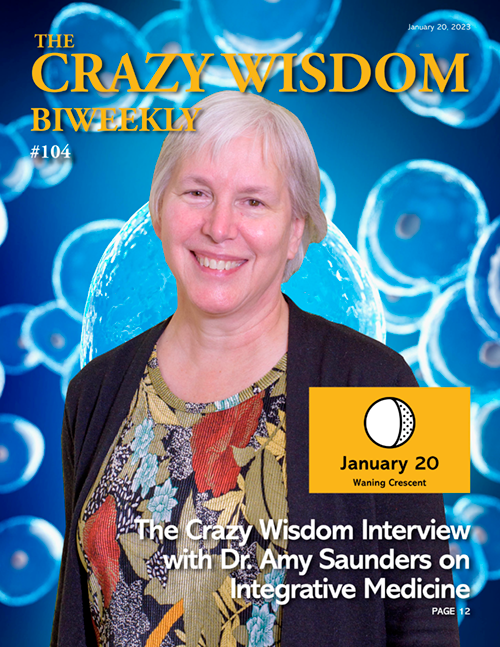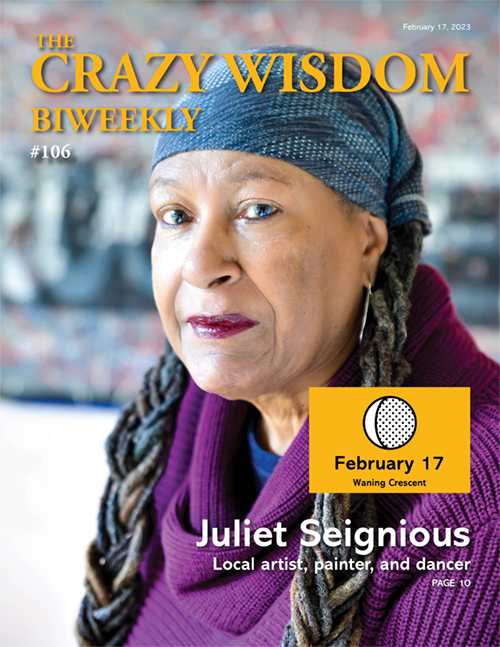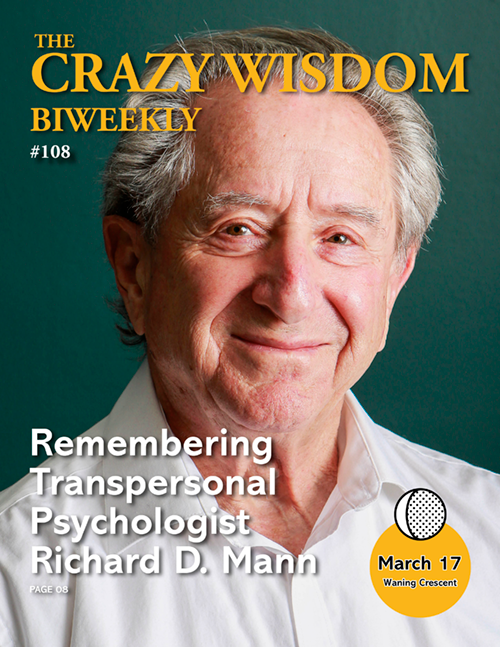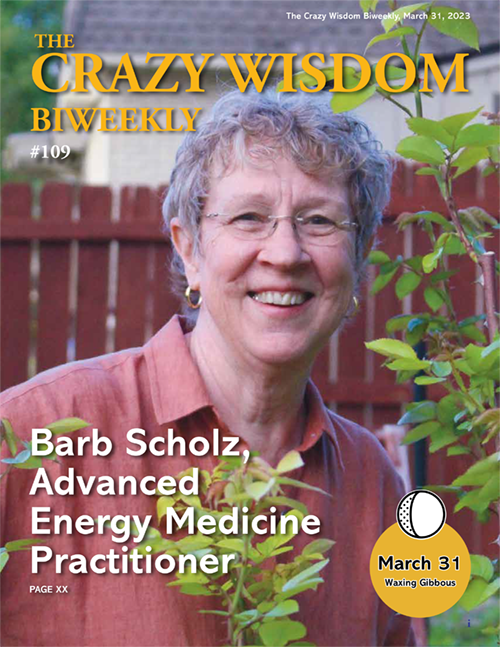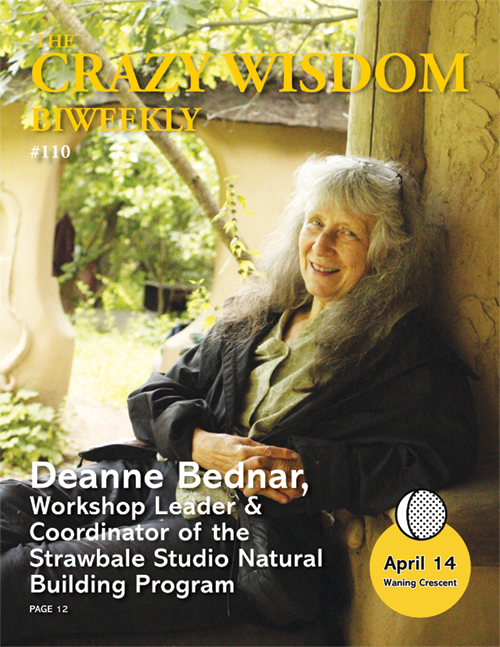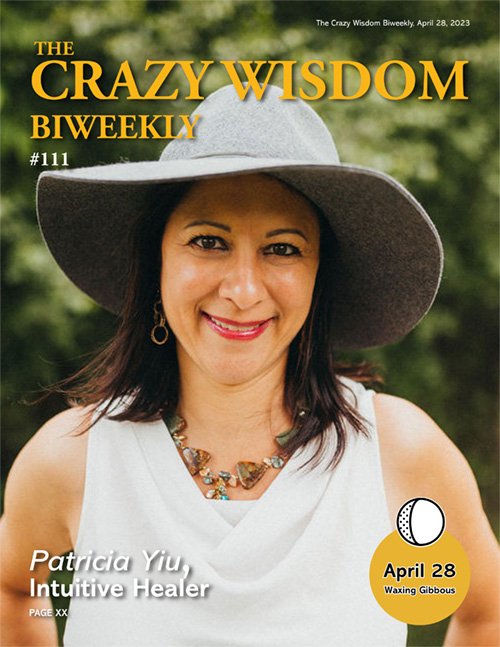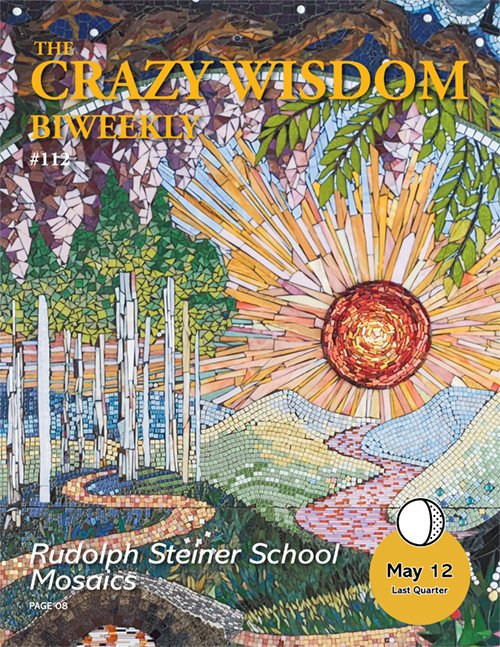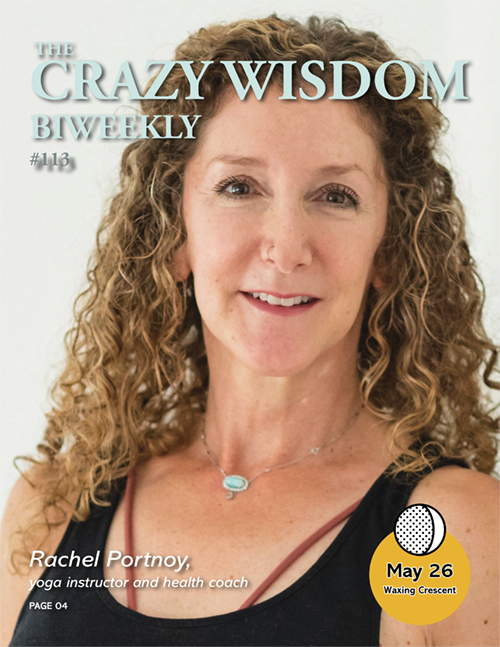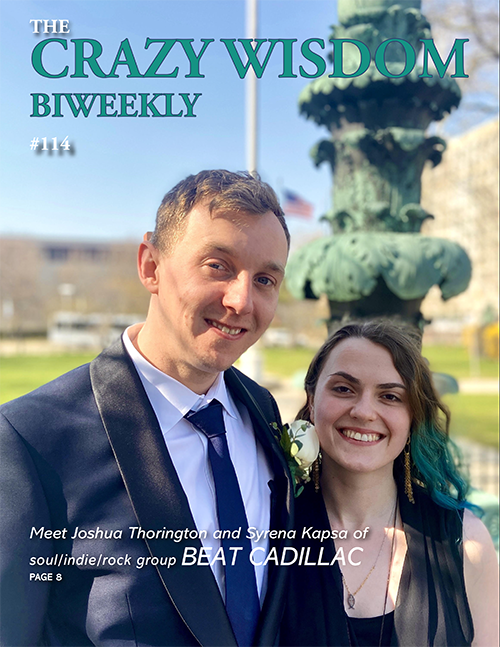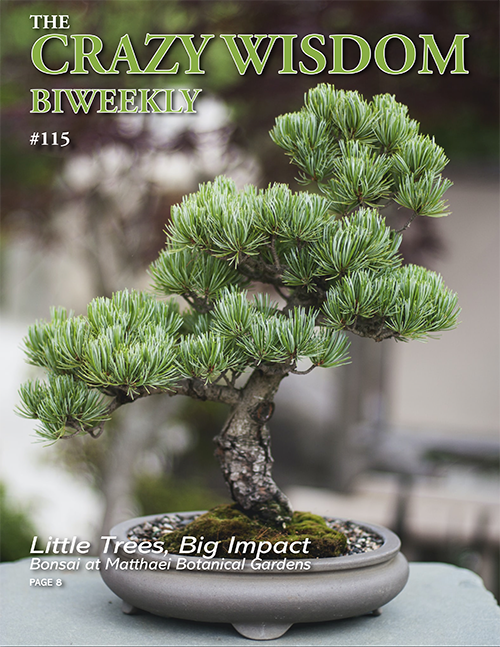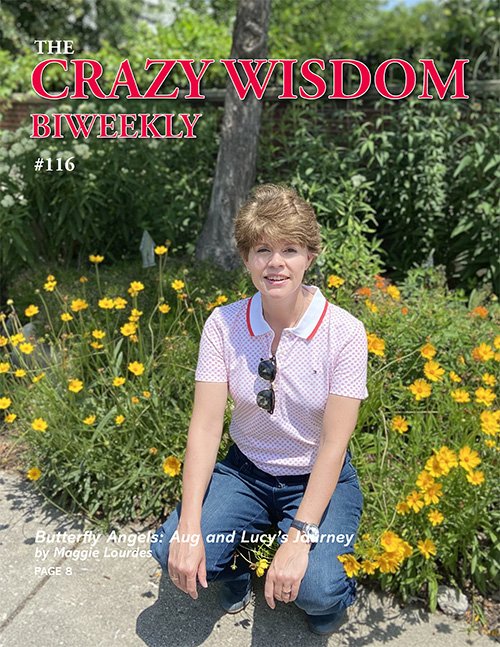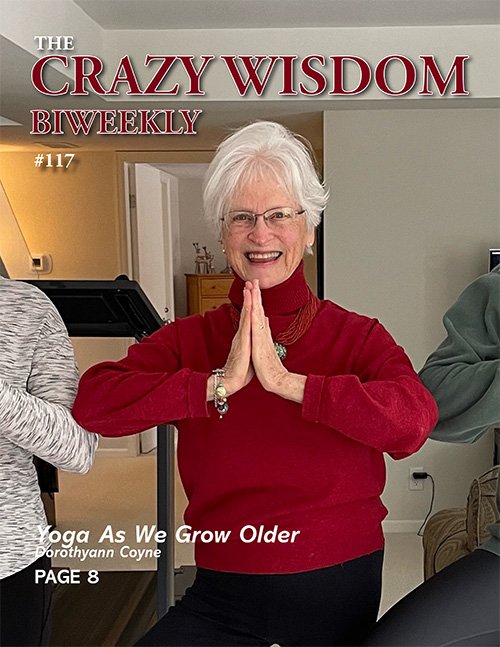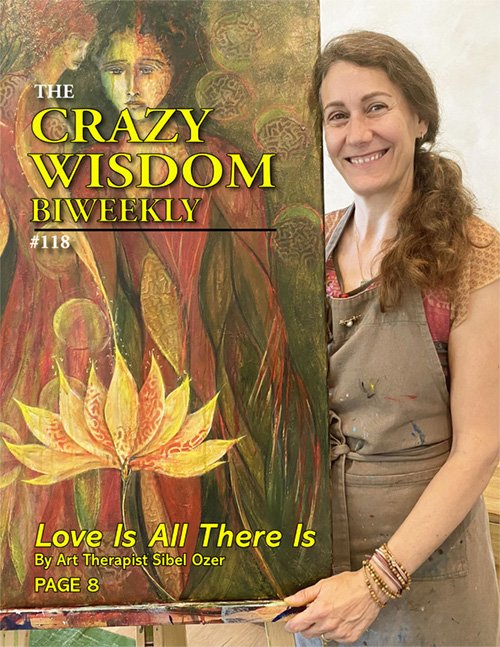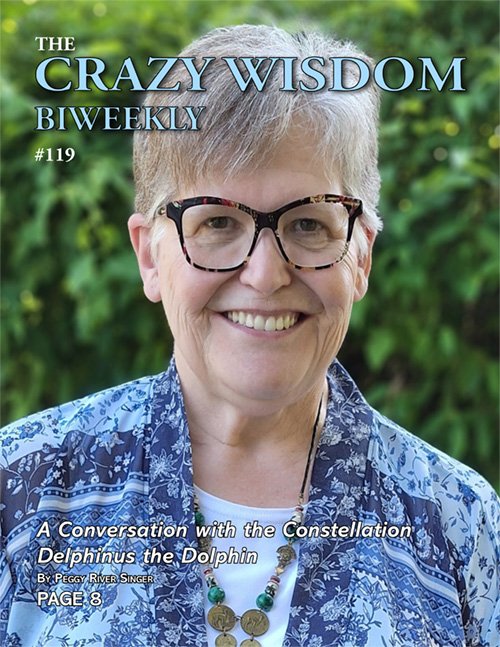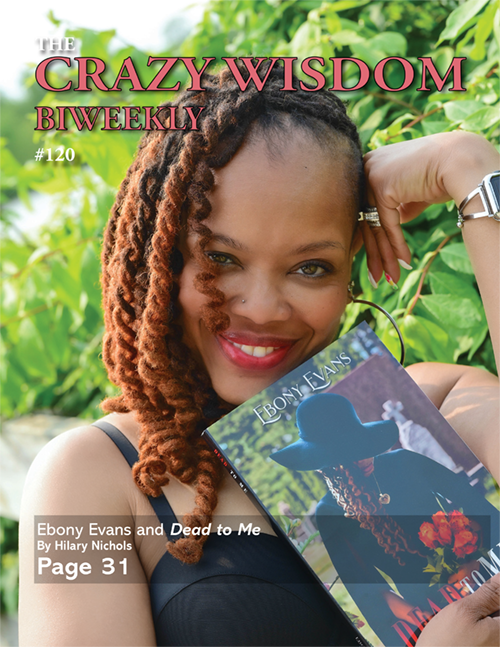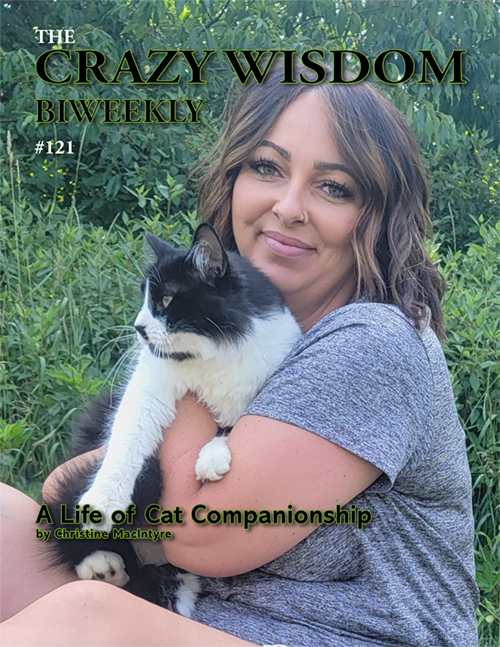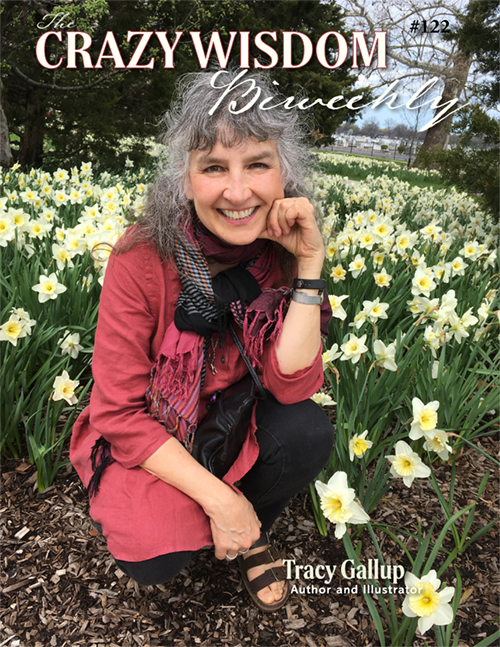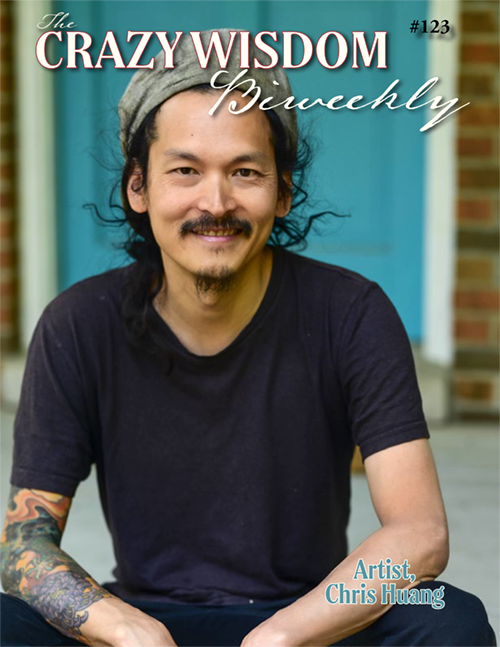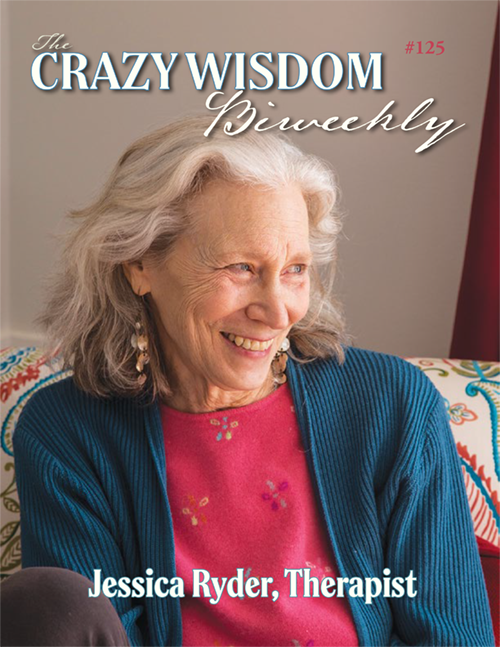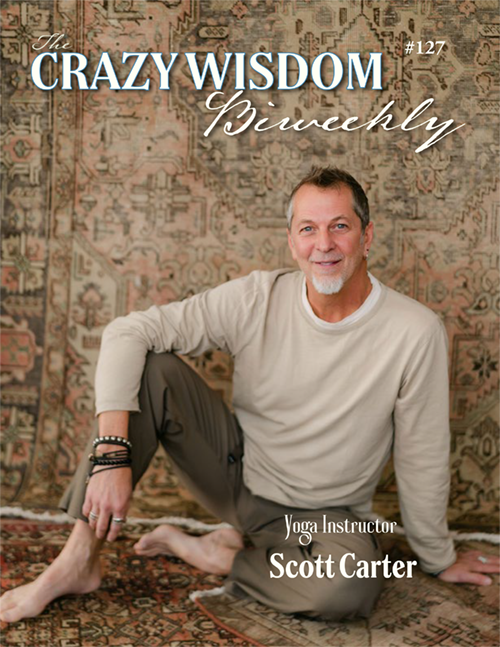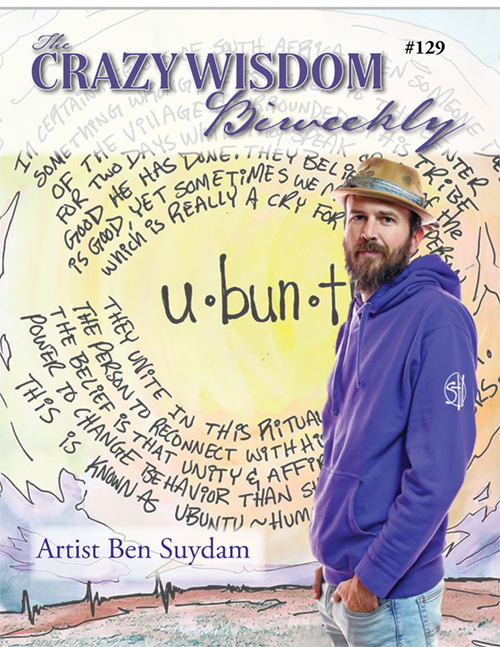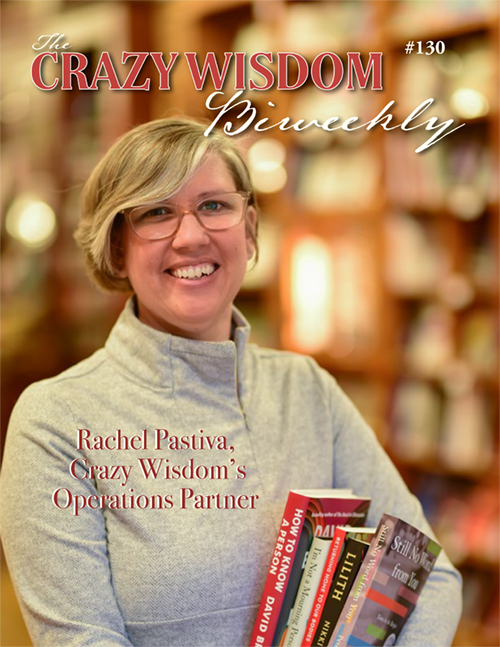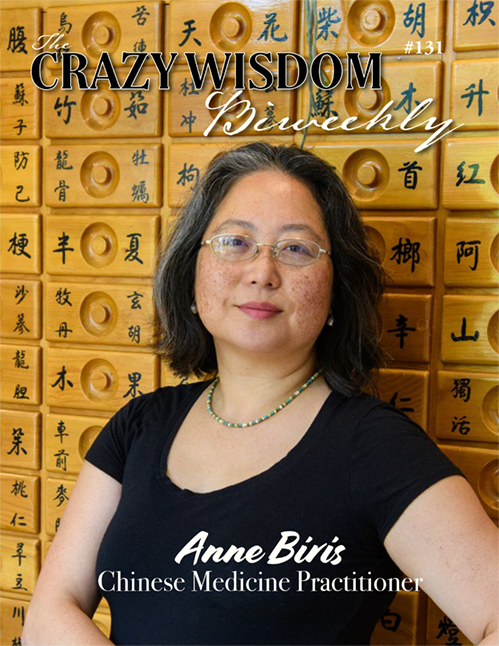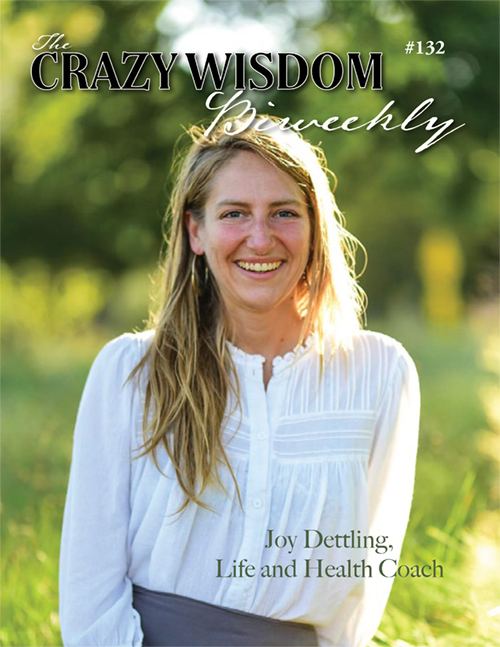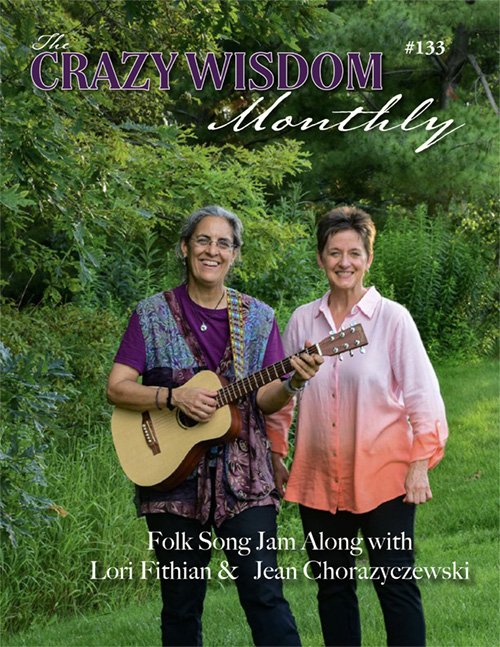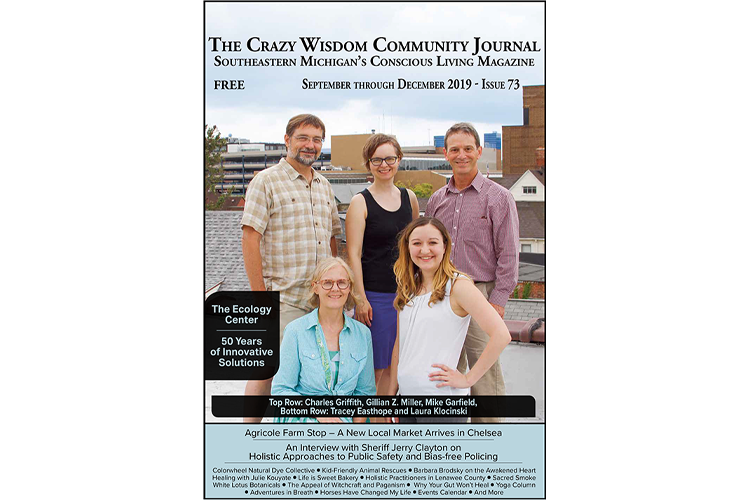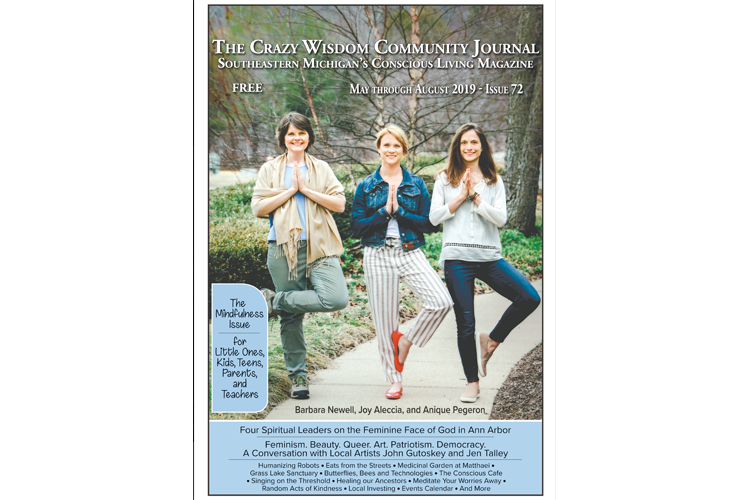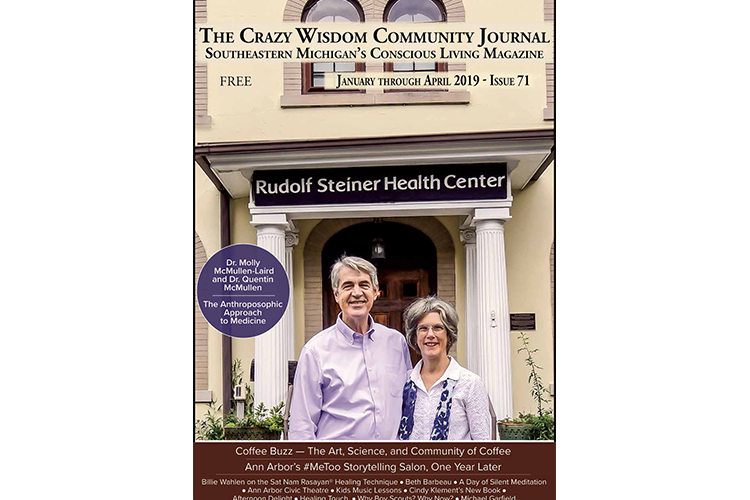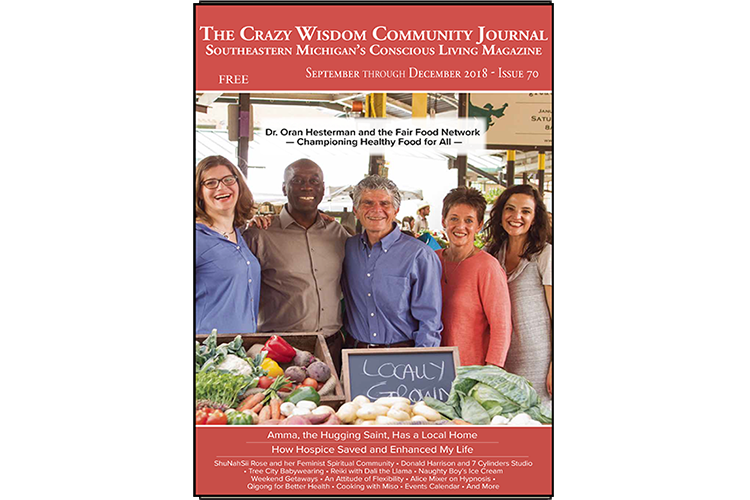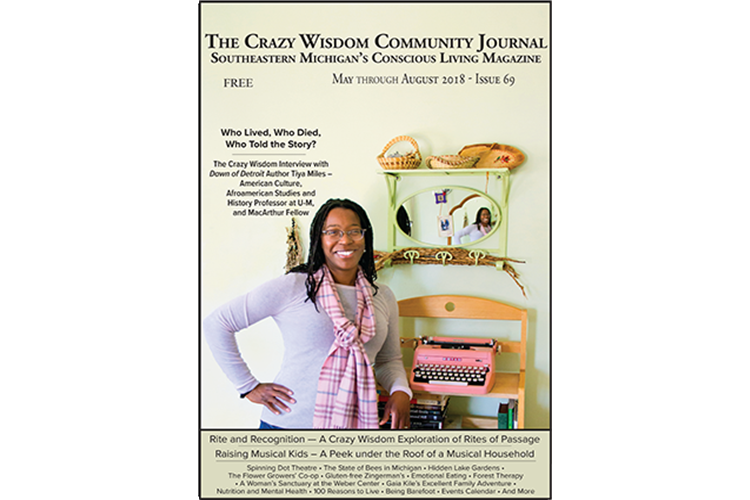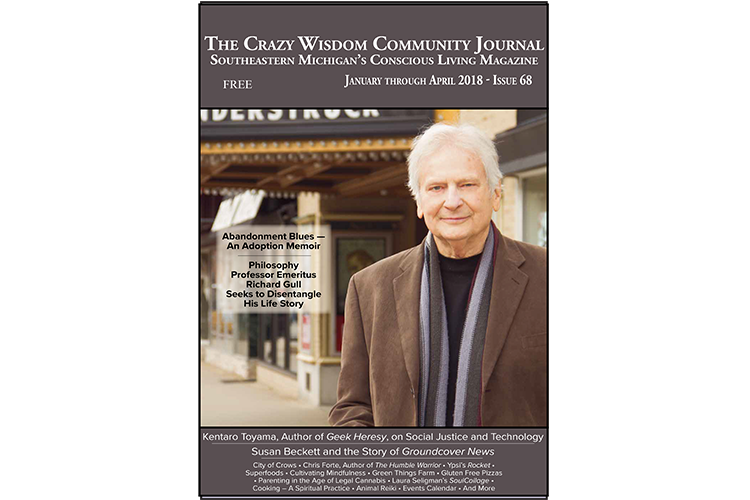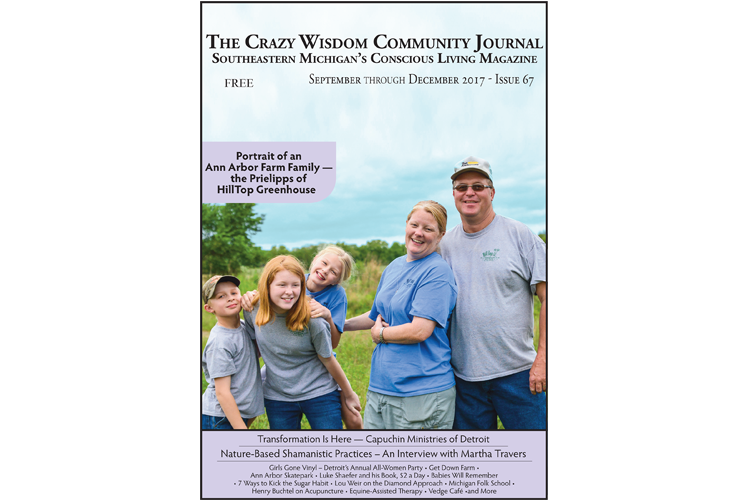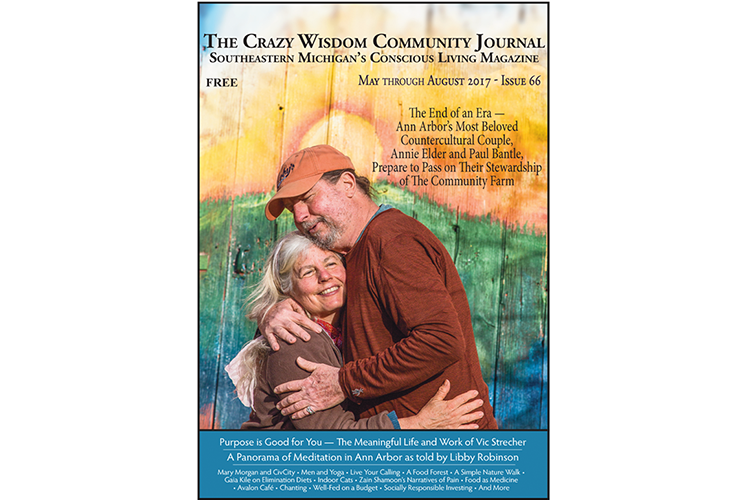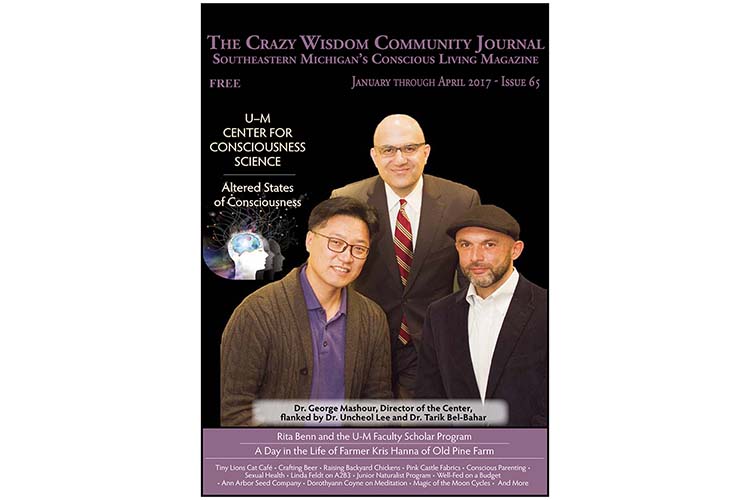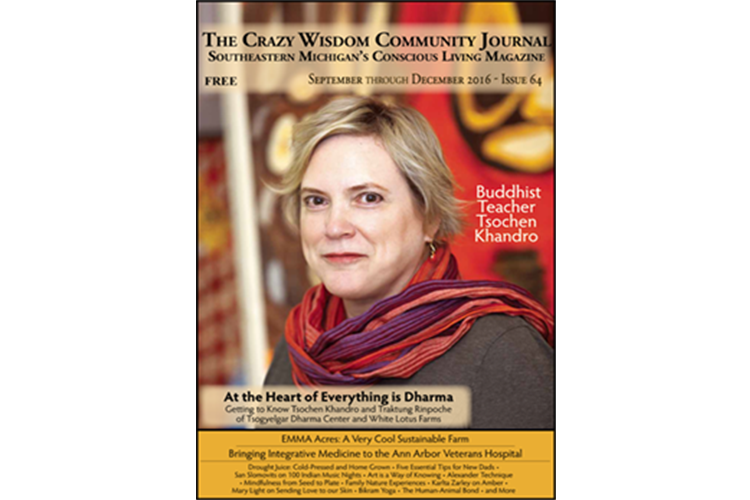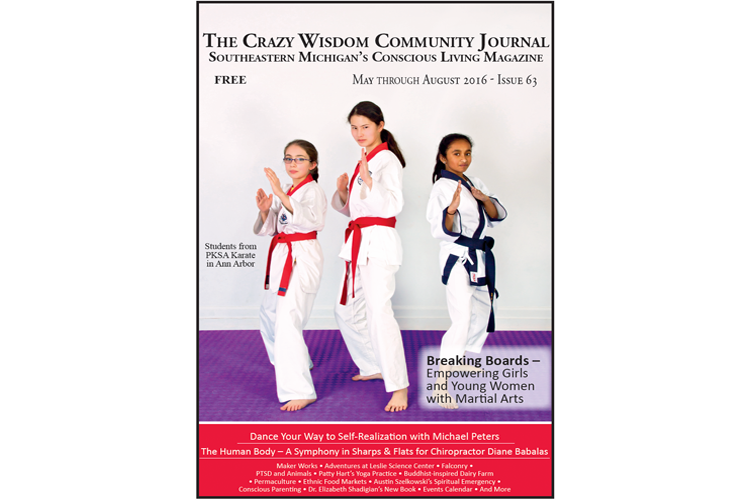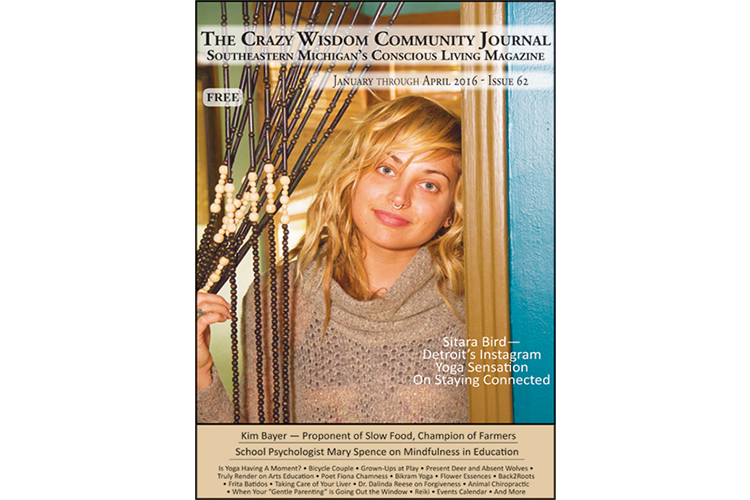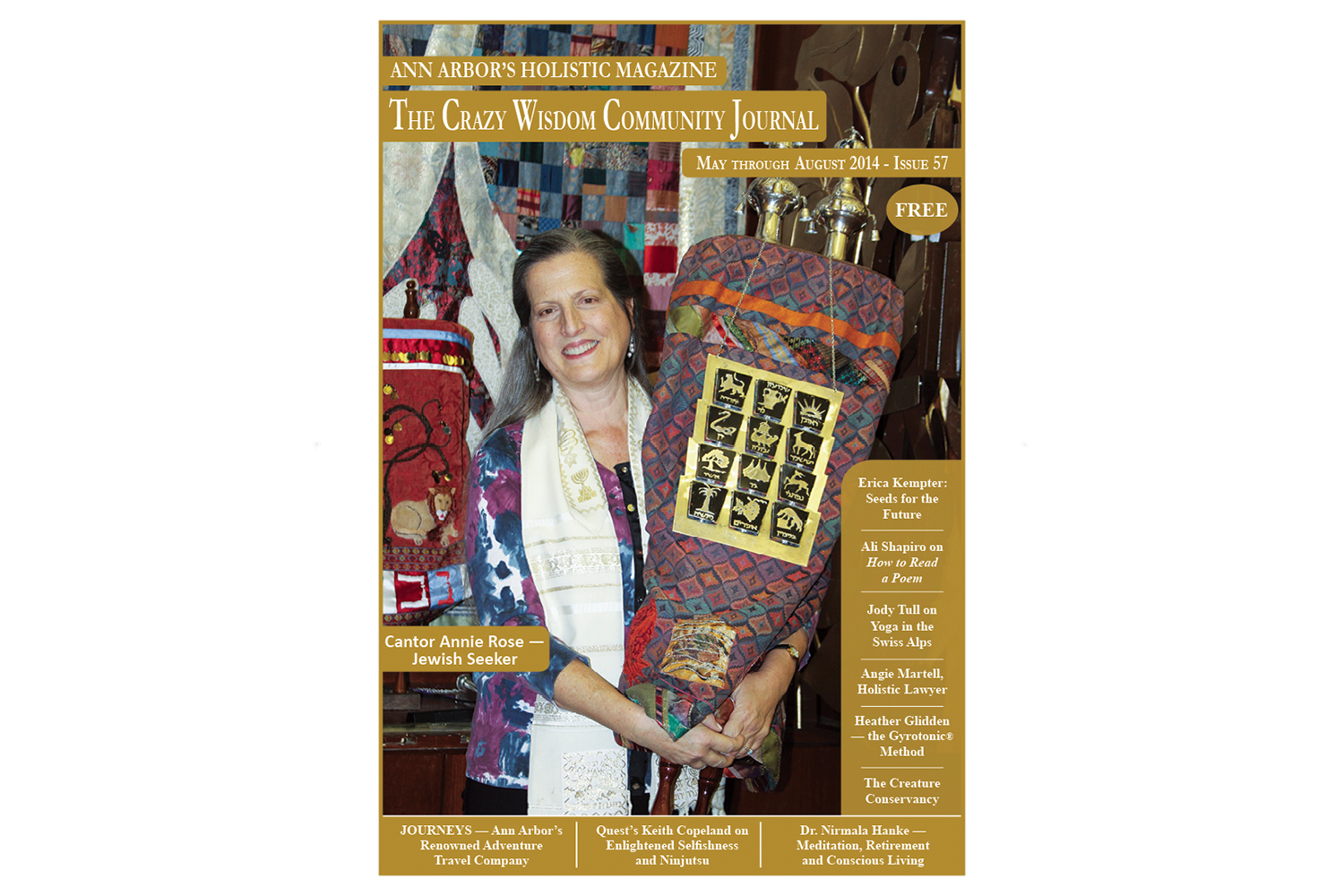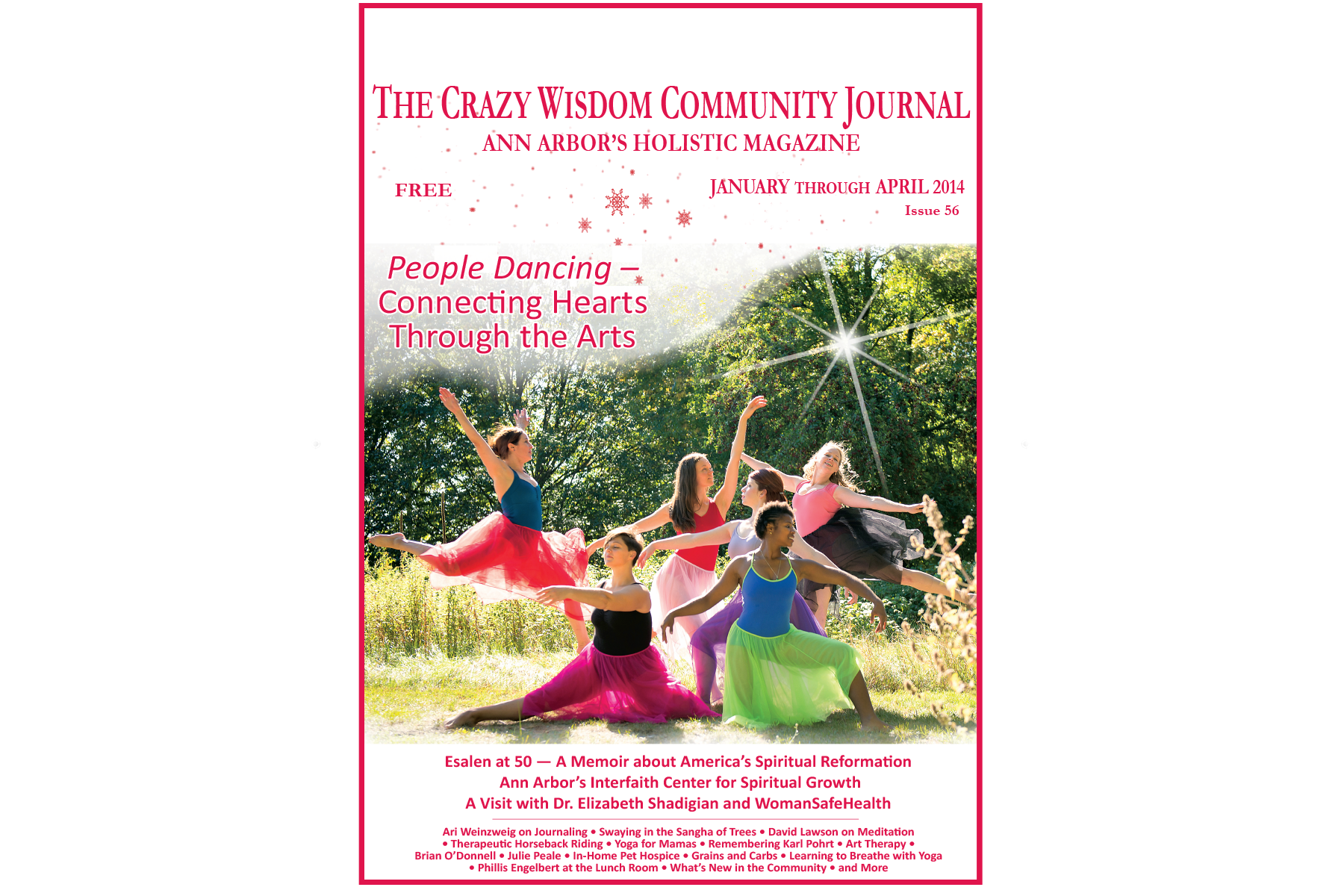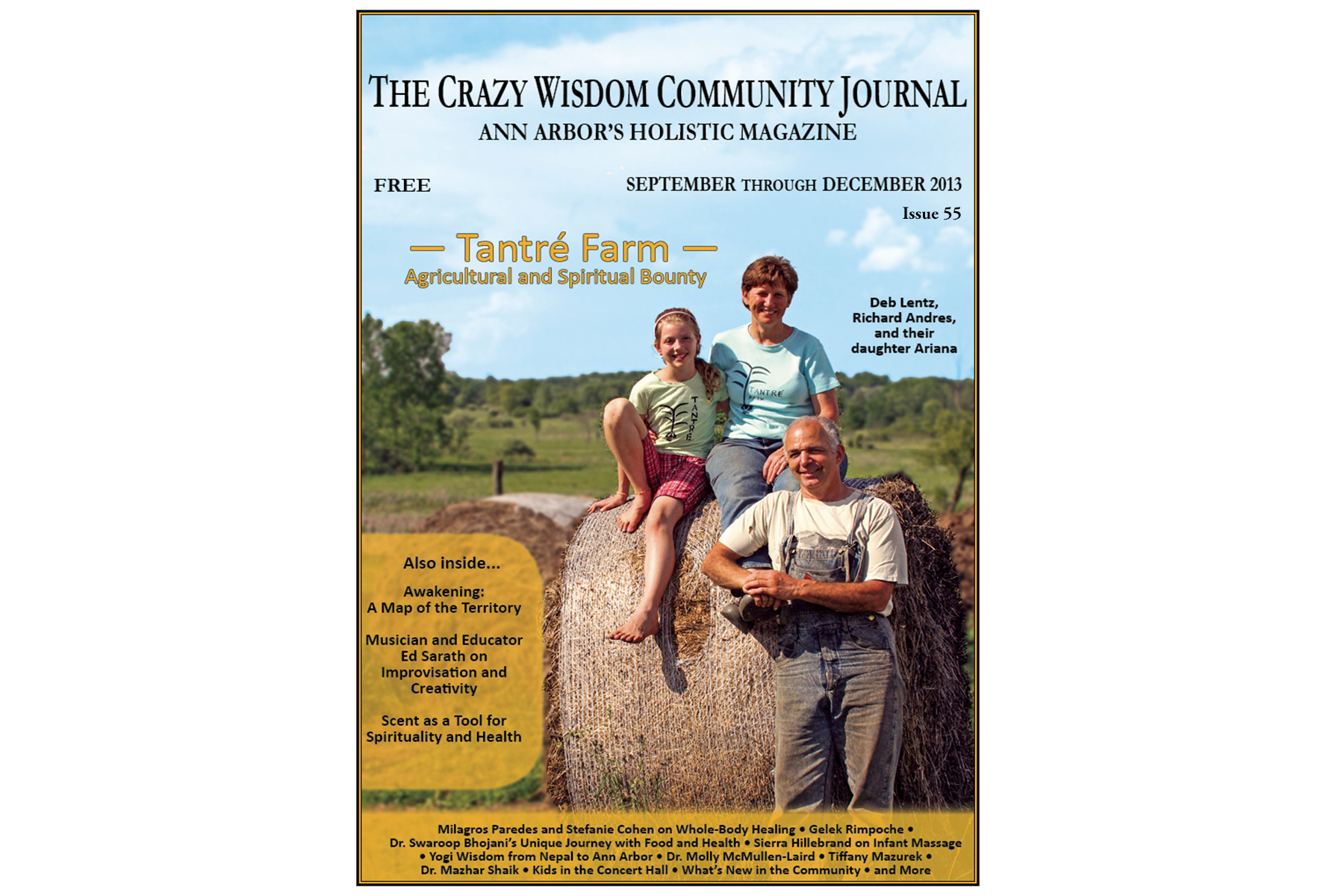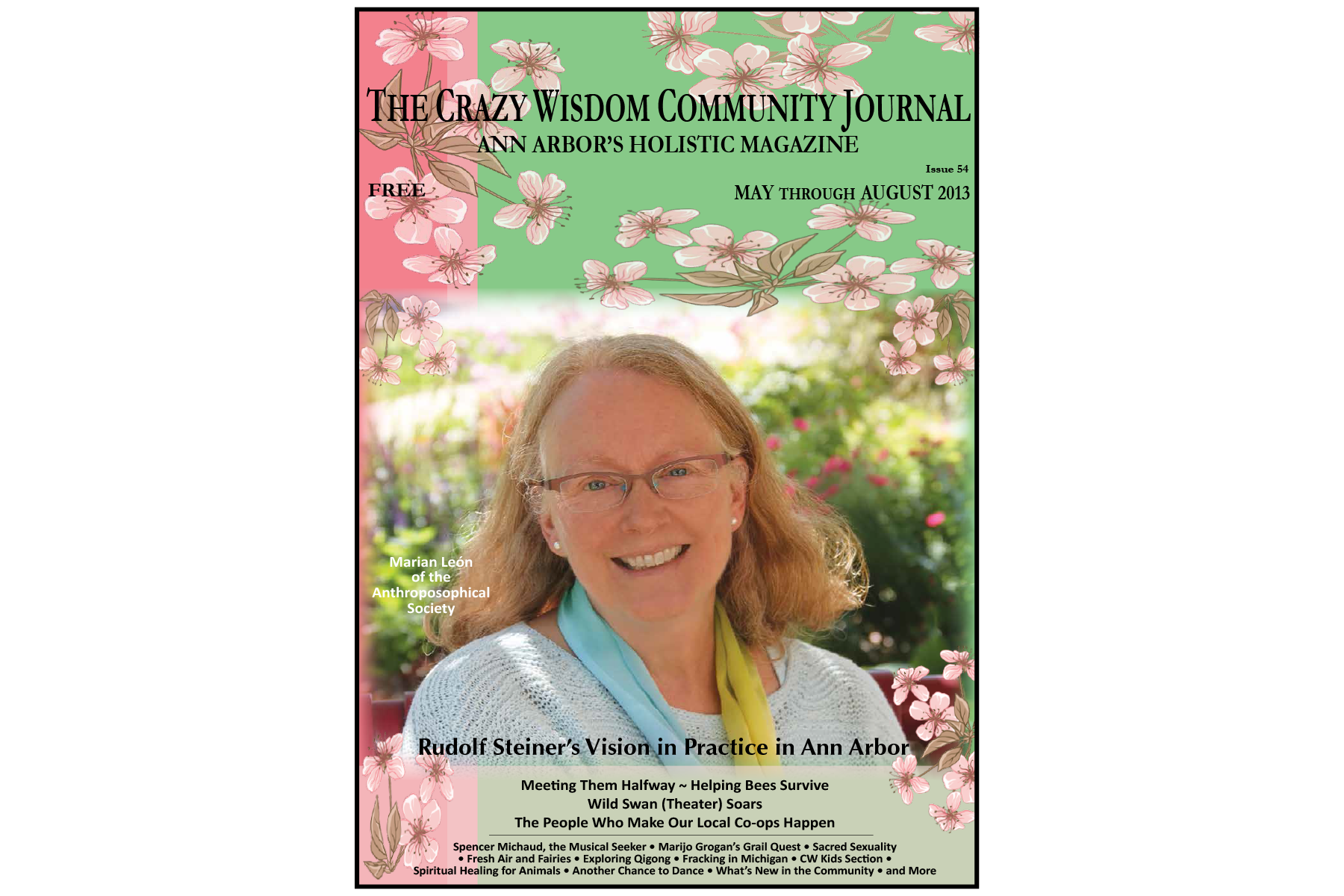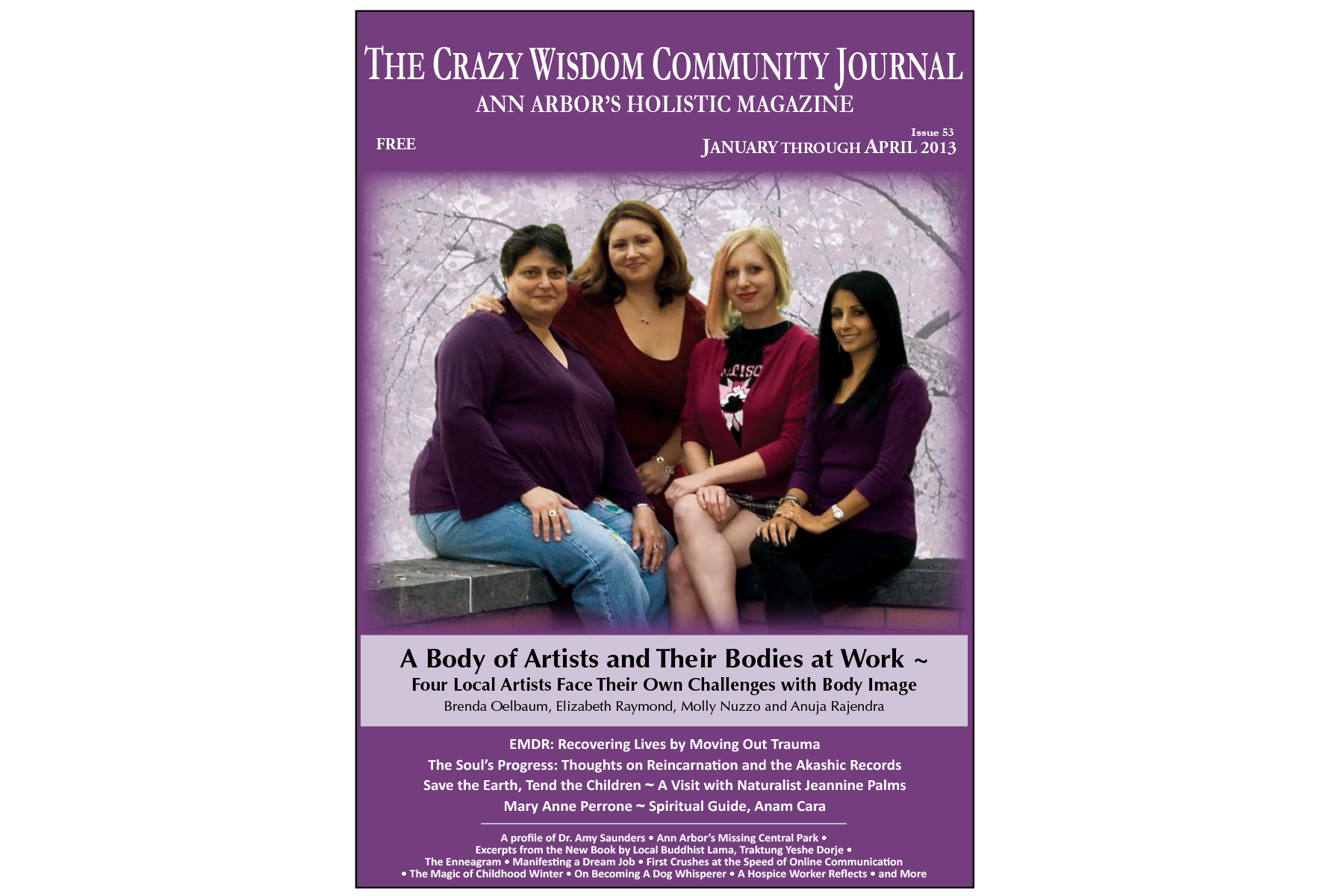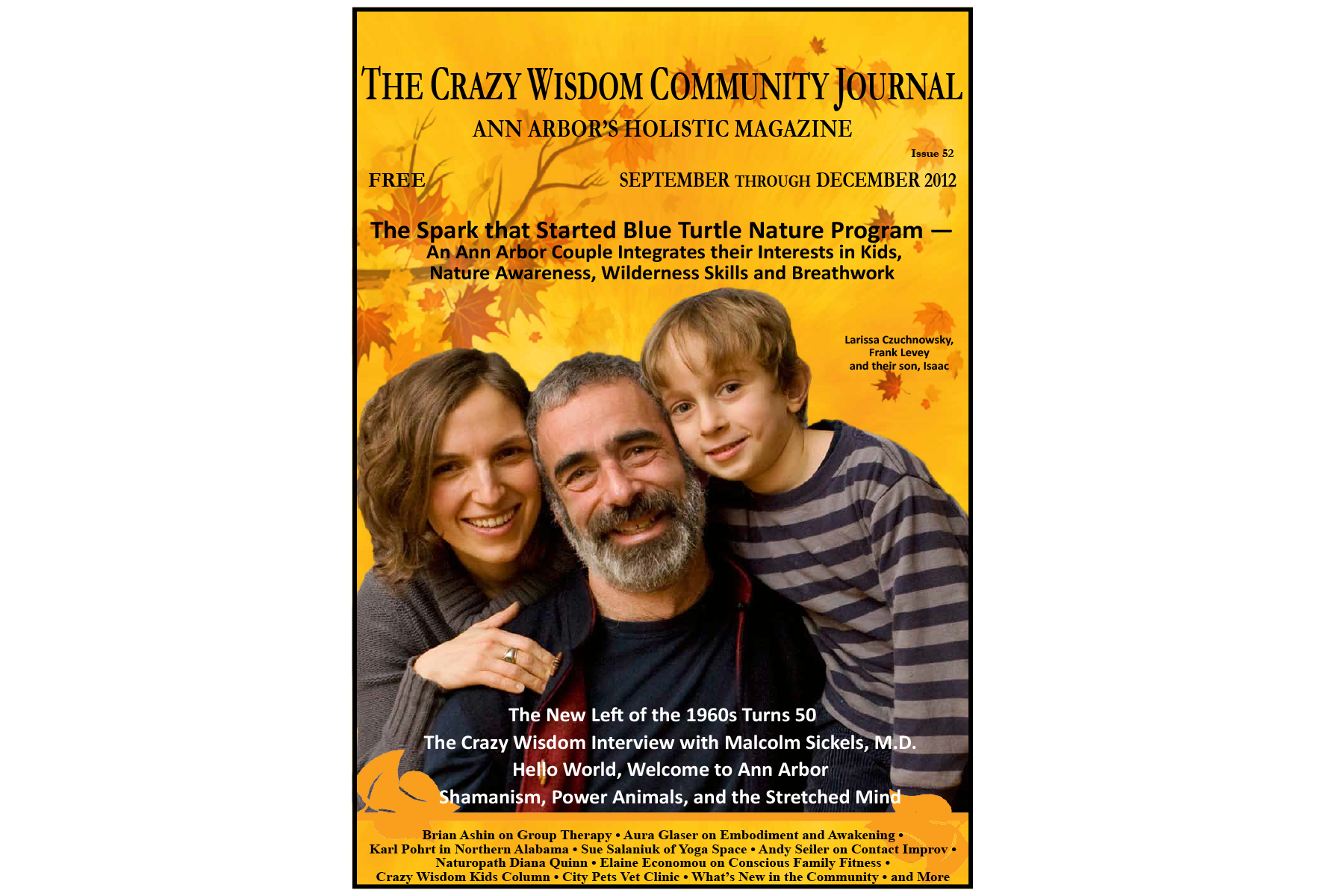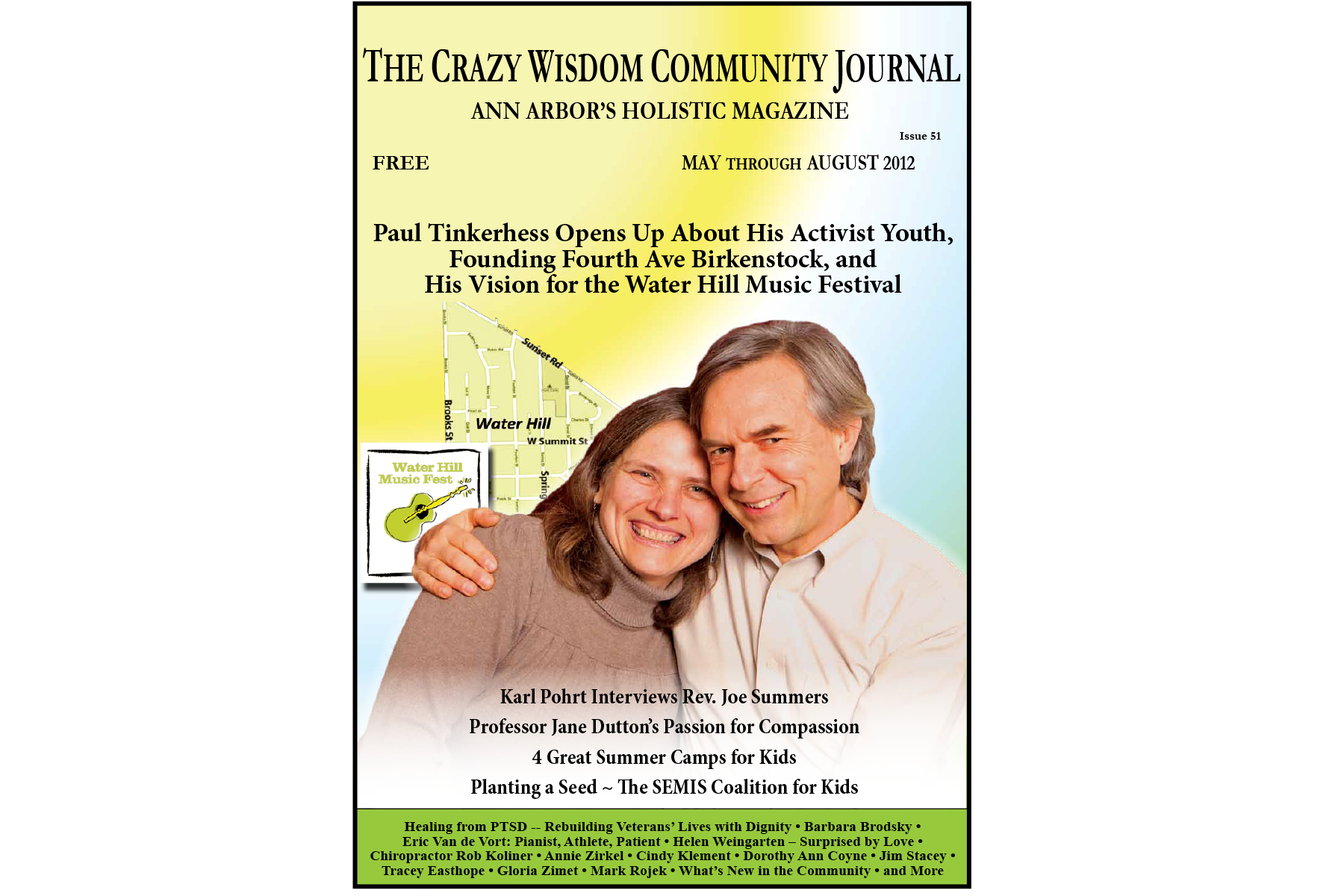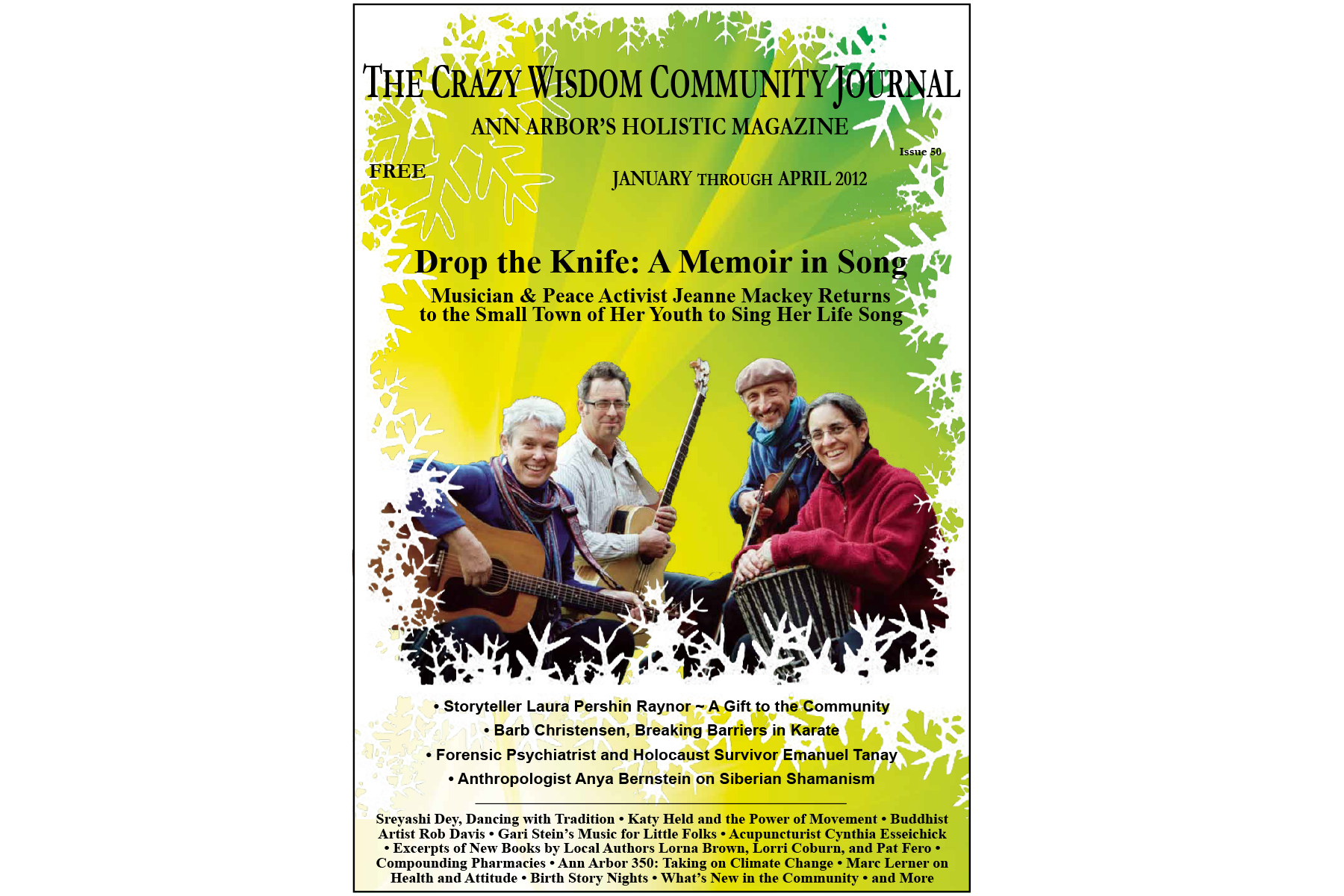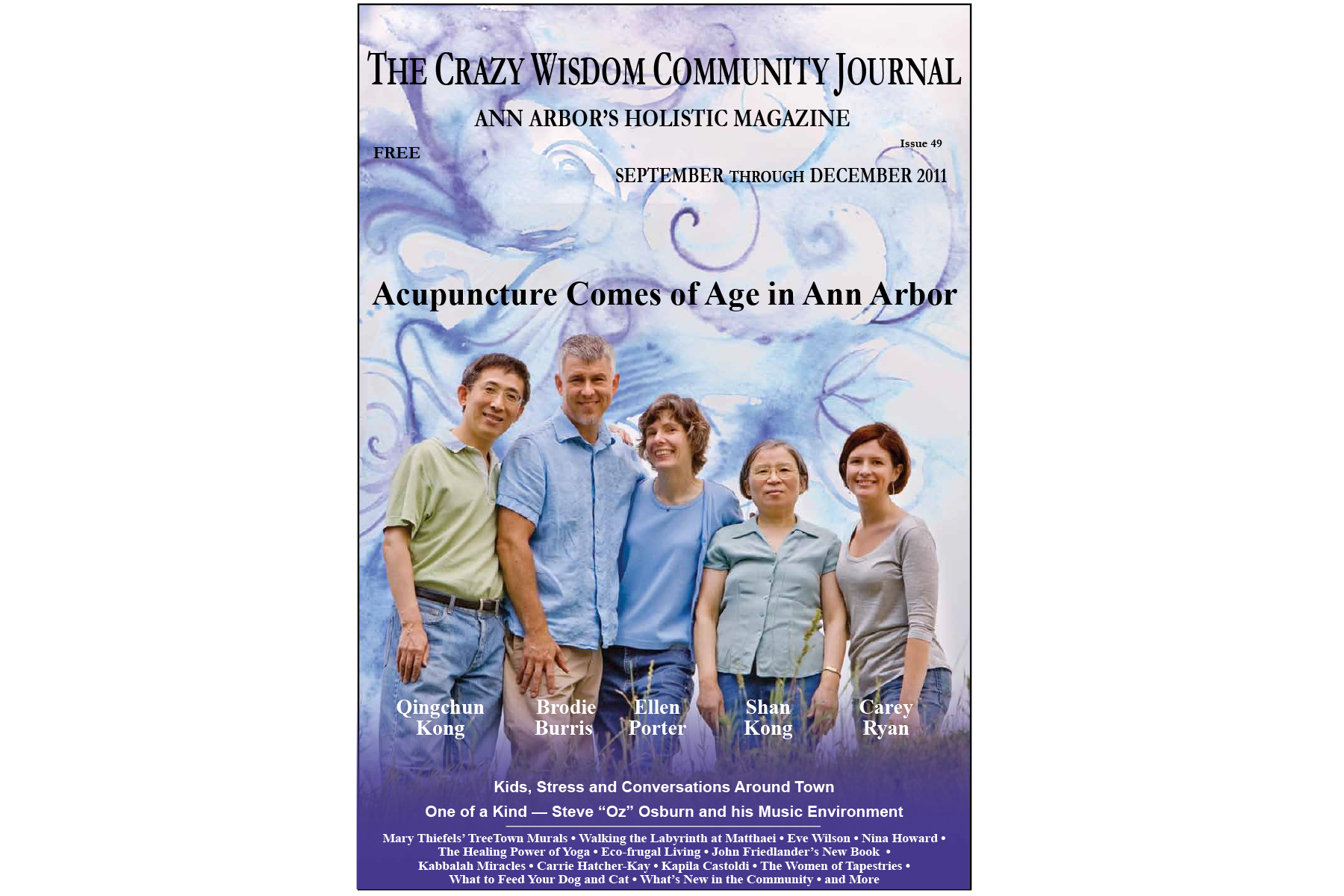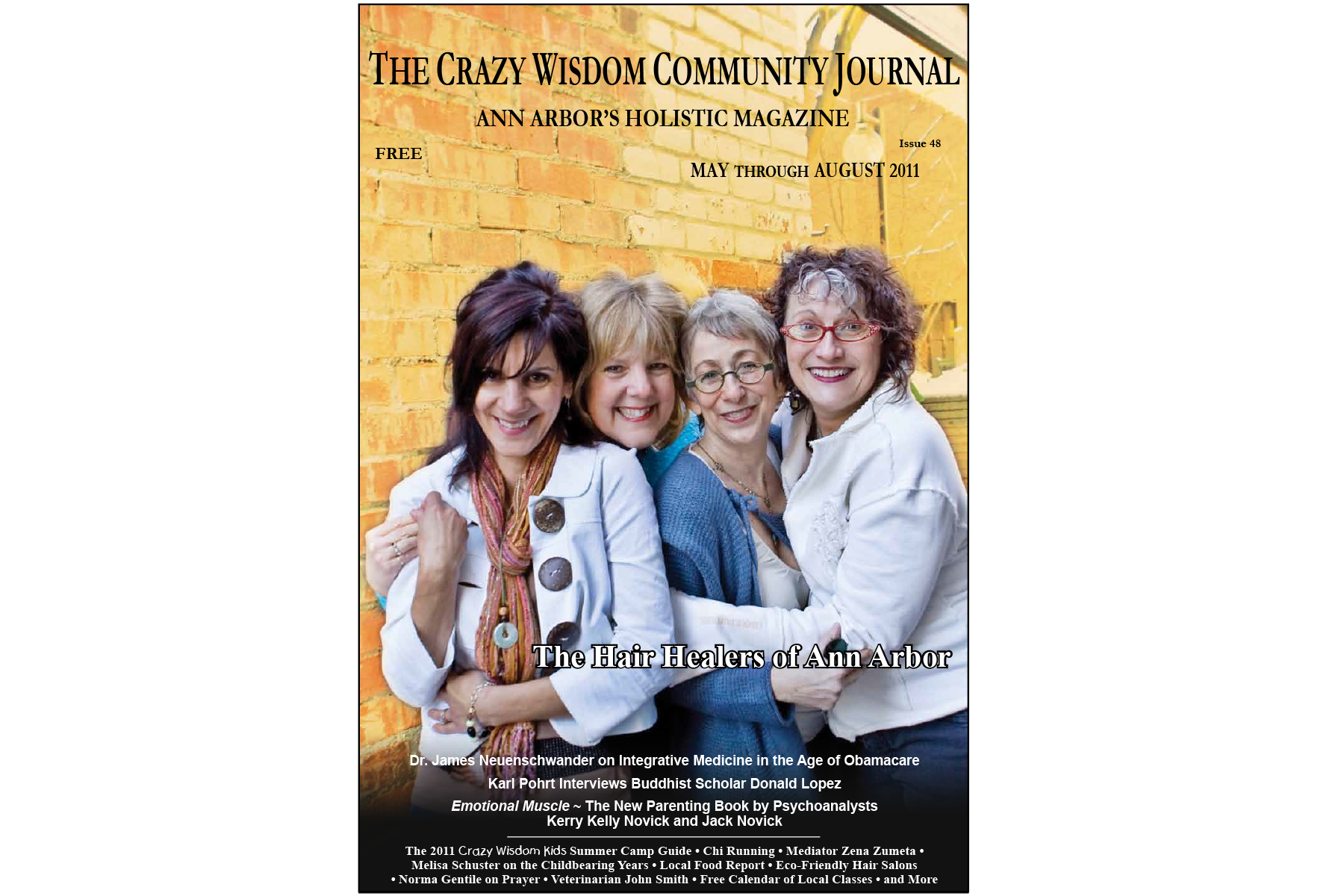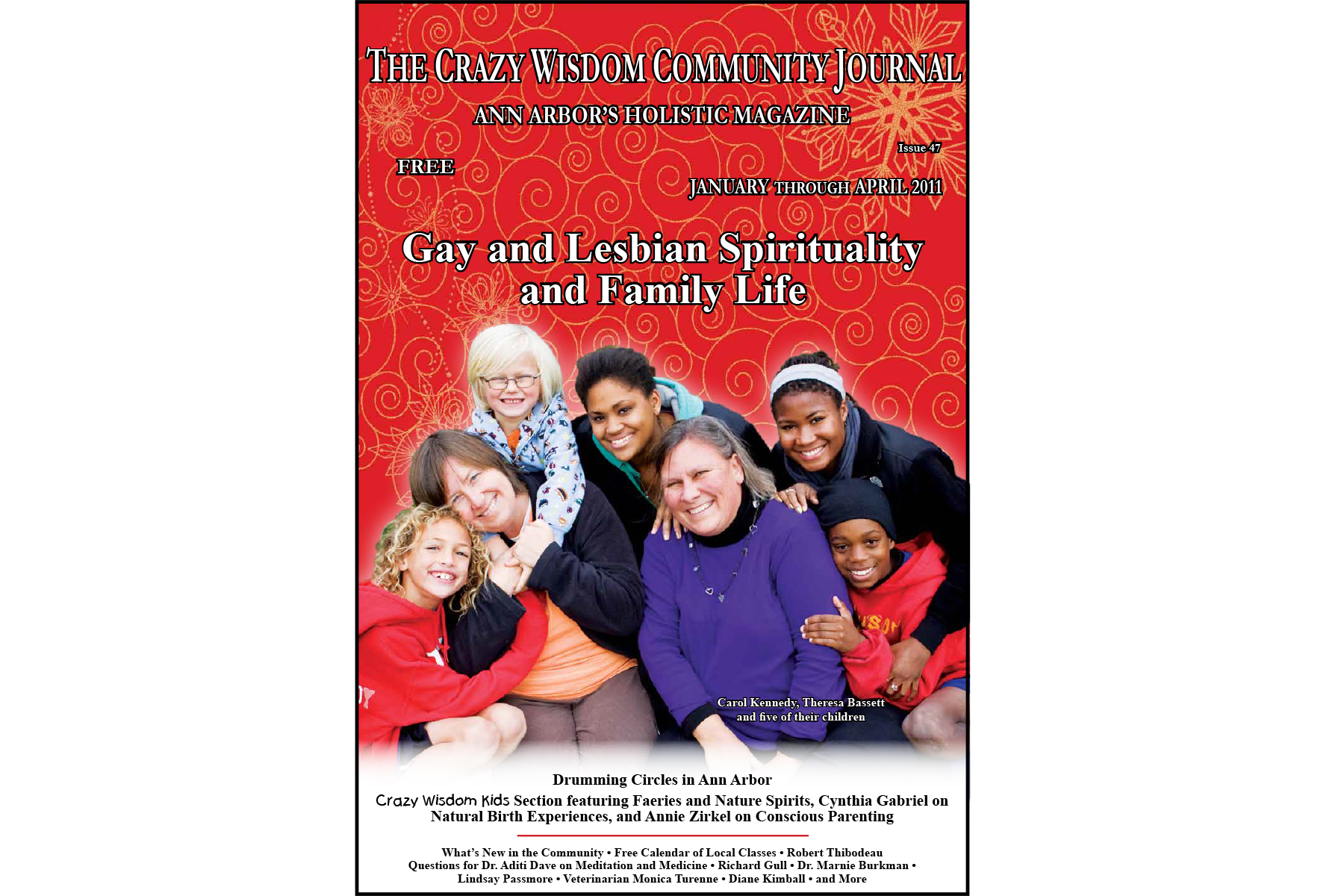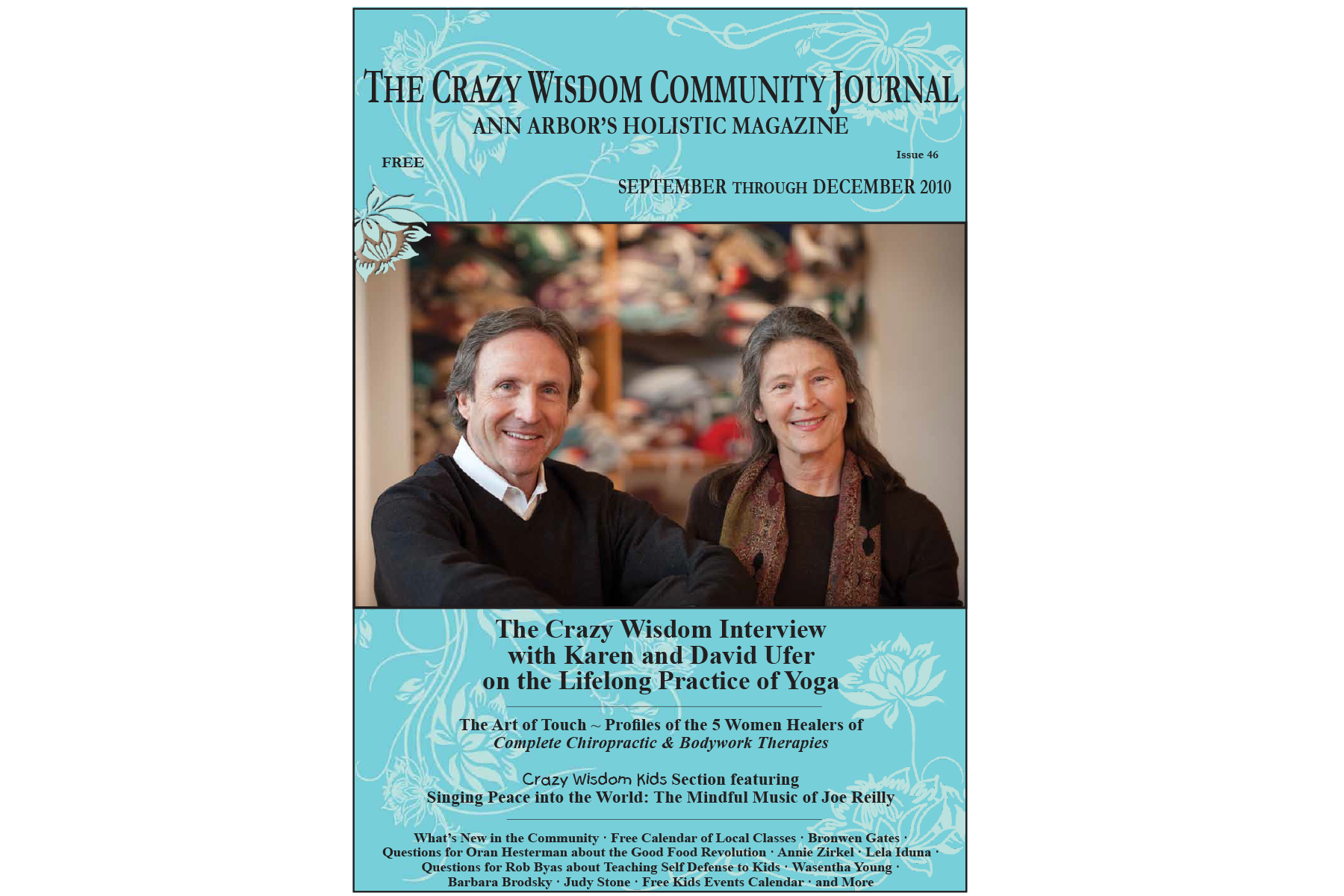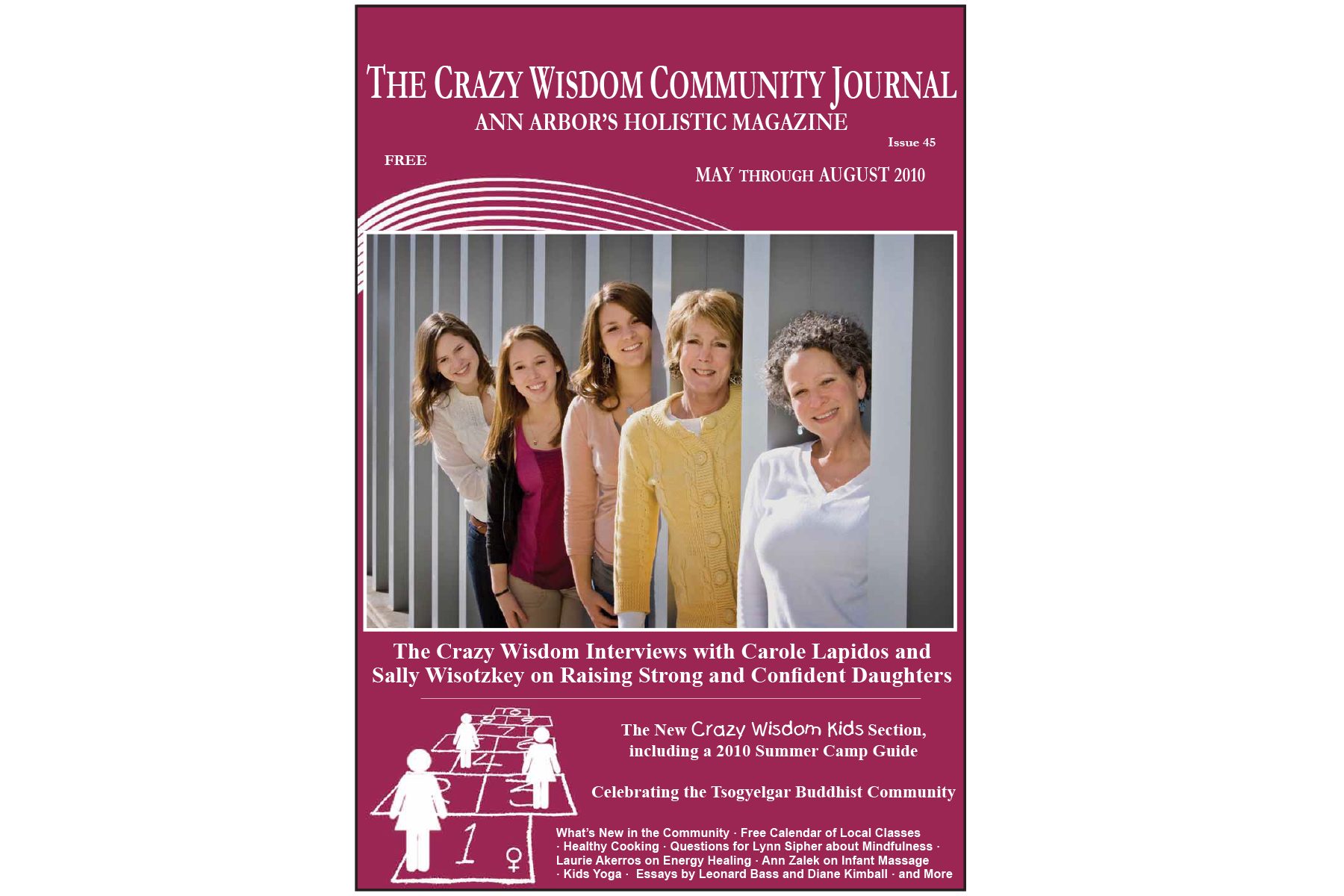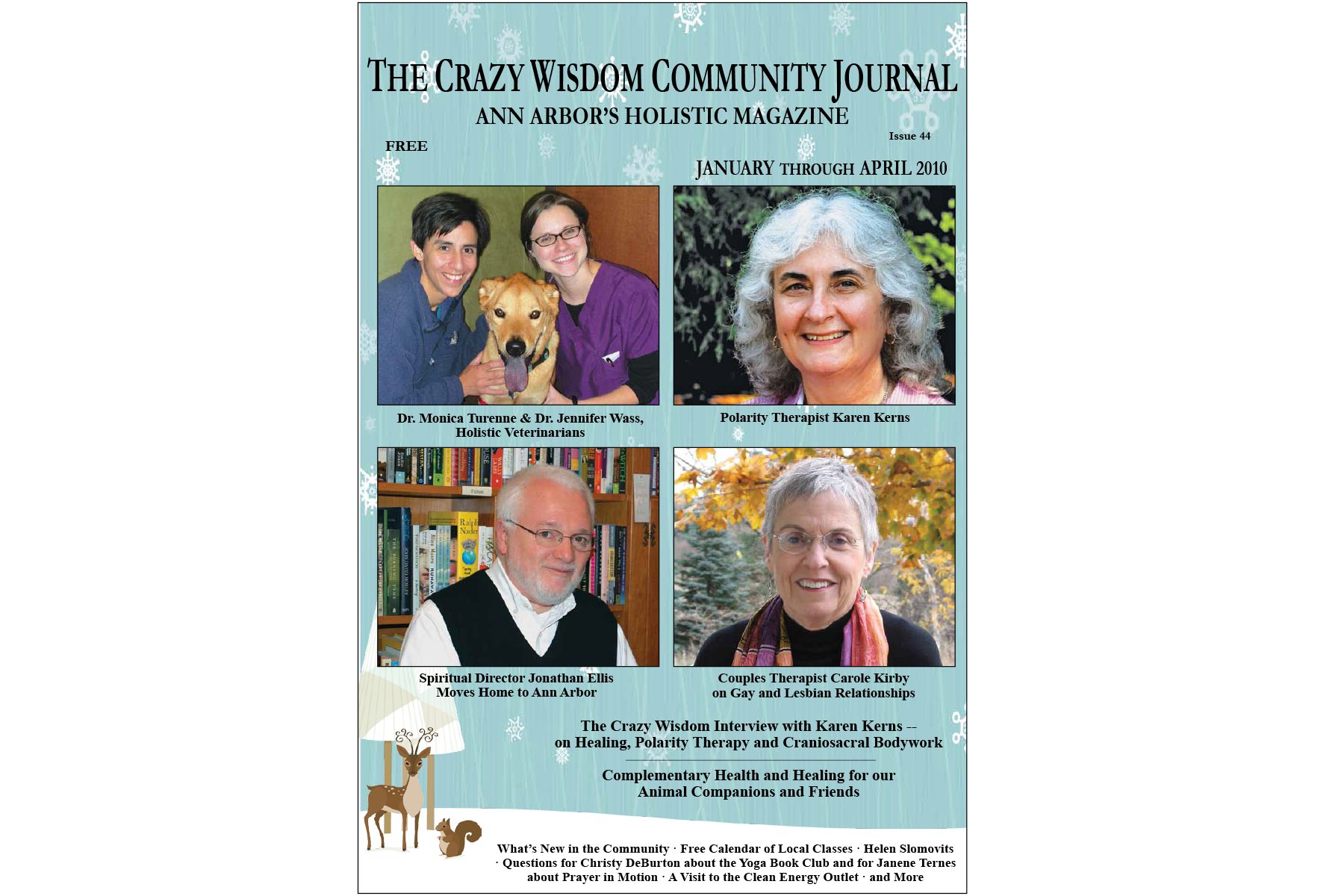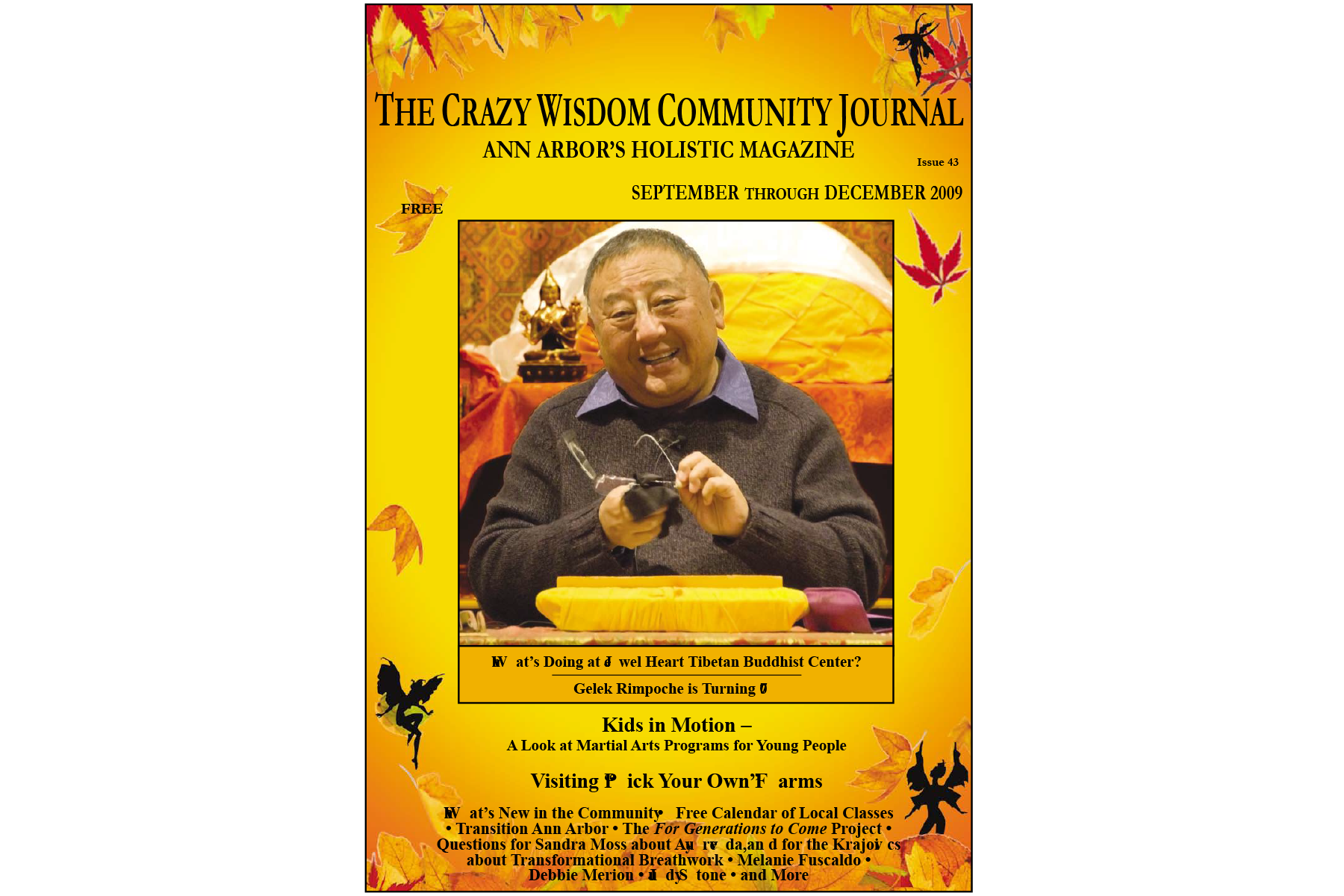Hygge, pronounced “hoo-gah,” is a Danish word that can most readily be described as a sort of coziness, although it’s more than that. It also comes from the word hugga, which is related to the word hug and means to comfort and console. So, it’s little surprise that it’s what keeps the Danes the happiest people on the planet even though they endure frigid winters with little daylight. Sunrise in a Copenhagen winter can be as late as 9:00 am while sunset can arrive not long after by 3:30 p.m.
Book Review: Embracing Rhythms of Work and Rest
Regardless of religious beliefs, readers will likely recognize the word sabbath and what it stands for. In Ruth Haley Barton’s book Embracing Rhythms of Work and Rest: From Sabbath to Sabbatical and Back Again, she addresses the sabbath and its significance. While her text comes from a place of religious belonging, the book can be just as easily applied to the lives of those unconnected to any particular religion or belief system.
Ann Arbor Healers: Staunch Stress, Seal Serenity
By Marie Noelle Duquette
I hurt my leg in mid-September while running with my dog, Nala. The air was cool, autumn-fresh, and Nala and I were enjoying our evening walk. I felt so strong that I broke into a light jog, without stretching. I am 61 and not a runner.
About 50 yards into the run, I felt a pull behind my left knee. I slowed to a walk, thinking to myself, “There is no way that itty bitty burst of energy caused anything as serious as a sprain or heaven-forbid tear.” Still, my skin behind my knee was hot, the pain was real, and I quasi-limped home.
After wearing a brace on my knee for weeks, icing it daily, stretching it carefully, and getting an ultra-sound to rule out more serious causes, the pain behind my knee persisted. While researching therapies for leg injuries near Ann Arbor, I stumbled upon the Neurofitness Center website. Their website was convincing. I made an appointment to try everything they offered: Neurofeedback, the Salt Room, the Float Tank, and Cryotherapy.
My partner and I first went to Neurofitness to experience a Neurofeedback session and the Salt Room. Jack Lark greeted us upon arrival. Knowledgeable and engaging, he would help us navigate the different therapeutic experiences. Neurofeedback, he explained, was a therapy in which he would attach a couple of electrodes to my ear lobes and one at my temple. Next, I would put on a comfortable pair of headphones—the kind with soft padding that cover one’s entire ears. Then I would sit in a comfy chair and listen to a recording of meditative music infused with nature sounds such as birdsong, steady rain, and wind rustling through trees. The recording was enchanting. It was easy to close my eyes and give my mind over to what I was hearing. Periodically, the music would skip, like a less-annoying skip of a record that self-corrects and lasts only a second. The ambient recording draws one’s auditory focus—the skips are triggered anytime one’s mind wanders beyond the music and birdsong. At first, the skips happened frequently. Soon, my focus on the audio became steadier and the skips were less frequent. The Neurofeedback session was like yearning to hear a beloved, melodic voice that is almost beyond one’s hearing. I stilled my body and leaned into the strings, rain sticks, flute, waterfall, and windchimes. By the time the session ended, I was ready to book a weekly session, my relaxation was so complete. Lark told me that Neurofeedback was a form of practicing mindfulness in a way that required less effort and more receptivity. As one who struggles with keeping my attention in the here and now, it succeeded beyond my hopes.
If the Neurofeedback session was like yearning to hear a beloved, melodic voice the Salt Room was akin to sitting on a beach, inhaling fresh air. The Salt Room at Neurofitness is lit by infrared lights and is big enough for two people to sit in comfortably. The Himalayan salt is so deep on the floor that it looks like a remote beach of fine sand you can dig your toes into. Salt bricks are laid into the walls and a PVC pipe in the corner emits a burst of fine salt spray into the room every eleven seconds. Upon entering, I removed my shoes, pushed back in one of the zero-gravity chairs, and closed my eyes to focus on my breathing. I quickly fell into a meditative state and the half-hour session slipped away unnoticed.
The next day we returned to float. We had both enjoyed float tanks in the past and were familiar with the drill: enter the room, shower, enter the float tank, and either close the lid, if you are in the egg or turn out the lights if you are in the non-covered tank. Music plays if you are in the open tank, or you can float in absolute silence in the egg. In both tanks, you float in darkness that envelops you so completely that you cannot see the walls, the water, or your own wrist in front of your face. The complete lack of visual stimulation enhances one’s sense of touch so that the salt water, which holds you up without effort, feels like a cradle, the warm water giving a sense of being in a womb—a protected space created for your own nourishment and rest. A gentle recorded voice interrupts your reverie when the hour is drawing to an end. After floating, the colors and lights and sounds outside are more vivid and distinct. There is a newness to the world as if your very eyes have been cleansed—your senses reset.
On Monday, I returned to Neurofitness for the scariest offering: Cryotherapy: standing, with minimal protective outerwear, in a sub-zero chamber for three minutes. Cryotherapy has been used for decades in Europe and Asia to promote athletic recovery. From the Neurofitness website, I read, “The use of liquid nitrogen in a safe and controlled environment provides a gentle but significant amount of cold exposure. The extreme cold stimulates the skin’s temperature receptors to activate the nervous, immune, and endocrine systems, leading to a reduction in inflammation and pain (hey athletes—this means quicker recovery!), elevating mood, and increasing energy. Clients often tell us they feel relief of symptoms including muscle soreness, arthritis, chronic pain, and inflammation.”
Lark, our guide at Neurofitness, was particularly helpful for my Cryotherapy session. He explained that the sub-zero temperatures would not feel quite as cold as I might expect, because it was a dry cold, not the wet cold that we know from Michigan winters. The Cryotherapy chamber looks a bit like a blue hexagon-shaped phone booth. The floor of the chamber is adjustable by adding soft, uniform pads that fit perfectly in the chamber’s footprint, so that no matter your height, your head is not enclosed in the chamber. Lark gave me special socks, shoes, gloves, and a robe and excused himself until I was ready. When he returned, he assured me that I was in control. Once in the chamber I could opt to remove the robe and at any time, or I could ask him to let me out. Still, he urged me to embrace the experience and try not to focus on how cold I felt. “That way, you’ll get the most out of doing it,” he said.
Once inside the chamber, I was not brave enough to drop my robe. The cold was not as sharp as I expected, but neither was it as comfortable as the other therapies had been. I endured the entire three minutes, trying to focus on the benefits. I emerged feeling like a victor. Immediately after Cryotherapy, I felt hungry, and then tired. As the evening wore on, and the new day dawned, I noticed that the pain in my leg was considerably subdued. I could still feel a dull ache where the sharp pain had been, but that continued to lessen in the days ahead. It has been two weeks since I braved the sub-zero Cryochamber and my leg has yet to hurt at the level of pain I endured before the experience. In fact, I’ve not worn my knee brace once since the big freeze. I’m going back for another session today, to continue the full healing of my leg, and to see if Cryotherapy will help heal two toes that I bruised badly yesterday when I wrapped them around a square, wooden chair leg.
Neurofitness is an extremely clean facility. Lark is a helpful guide whose sense of optimism and wonder is infectious. The entire environment underscores that restorative healing and stress-relief is more than a nice occasional treat. It is something we need as much as medications, fresh food, and deep sleep. The therapies offered at Neurofitness act like boosters that enhance other healing practices. They helped me find a place beyond the trauma of life in which restoration of my body, mind, and spirit, is both inviting and efficient.
In my first visit, I commented to Lark that I was pleased that Health Savings Account and Flexible Savings Account dollars offered by many insurance companies could be used for all their therapies. He said, “Of course! We are a health care center.” Indeed.
Neurofitness is located at 6360 Jackson Road Suite A in Ann Arbor. To learn more or make an appointment, call (734) 206-2012 or visit them online at https://neurofitcenter.com.
Related Content:
A Sprinkle of Laughter, A Smattering of Grace – Applying Laughter in Challenging Situations
There’s an old school pop song where the lyrics say, “The men all pause when I walk into a room.” After a certain age, those lyrics take on a whole new meaning. What I hear now is MEN-O-PAUSE. I’ve gotten Men-o-pause when I walk into a room. And that’s when I began to take a non-traditional approach to trudging through the trenches of menopause—by sprinkling it with humor.
From Nature to You--Remedies for PMS and PMDD
Every month, I know when it's that time in my menstrual cycle: the time to cue up sad movies and bust out the dark chocolate. There are signs my luteal phase has arrived, and it used to make a grand entrance, but I learned ways to dampen its arrival.
Conscious Parenting: Why Teaching Kids About Presence Can Help Them Become More Resilient
The more present we become, the more we increase our capacity for joy. Learning to be present is challenging, irrespective of age. However, integrating mindfulness practices provides youth the tools to better process their feelings.
Are You Sabotaging Your Self-Care?
By Christy DeBurton
What comes to mind when you think of the term ‘self-care?’ Many people think self-care involves a lot of time or money. Others believe that self-care is selfish. These ideas are completely false. Simply put, self-care is essential for you to be the best version of yourself. It isn’t about getting weekly massages or taking candle-lit bubble baths (though these can be part of it if you choose). It isn’t about neglecting your responsibilities or ignoring the needs of others. The real essence of self-care is being true to who you are, so you are living the life that you want to live, and not the life other people want you to live. It’s about making choices from a place of love and connection rather than guilt and obligation. But that love has to start with loving yourself first—and not all of us are so good at doing that—so we end up sabotaging our self-care. A while back, I went on my own self-care journey, examining the obstacles that were getting in the way of taking better care of myself. Here are some things I learned along the way.
Give yourself permission to take time for self-care. Let’s face it, no one else will. We all want someone else to say to us, “You’ve been working so hard. You’ve been under a lot of stress. Why don’t you take the day off and just relax?” Most likely, this is never going to happen. Even if you do have someone like this in your life, ultimately you have to be the one who gives yourself permission to take time for self-care. So why do we have such a hard time doing this? Because we’ve been raised in a society that tells us we always need to be more, do more, and have more. Because we’ve been raised in families that pass down conscious and subconscious beliefs that we are not worthy, that we don’t deserve what we really desire, and that we need to take care of other people’s needs before our own. Take a moment to examine this in your own life. Do you feel obligated by certain people to do things that you really don’t want to do? Do you tell yourself you don’t have time for self-care because you just don’t feel like you deserve to take time for yourself? Or are you worried about what other people will think if you do? What kinds of messages are you telling yourself about your worthiness as a human being? Examining those conscious and subconscious beliefs is the first step. Once you’ve done that, try putting into practice either or both of these helpful techniques:
“Who says so?” Any time you catch yourself thinking that you don’t have time to relax or do yoga or some other form of self-care because you have to check off one more thing on your never-ending to-do list, question that ‘voice in your head’ by asking yourself, “Who says so?” I guarantee you will be amazed at what other voices besides your own (maybe it’s the voice of perfection, or guilt, or your mother!) you are listening to. Is listening to those voices in your best interest? What if you listened to your own voice instead? Once you’ve asked yourself this question, or separately on their own, you could ask the following two questions.
“How do I feel right now?” and “What do I need to do to take care of myself?” In my work with clients, I have come to realize that most people are not good at checking in with themselves to see how they’re feeling throughout the day. We can’t take better care of ourselves unless we take the time to contemplate how we’re feeling and what we need. Getting into the habit of asking myself these two questions has made a huge difference in my life, and I am confident it can in yours, too. I encourage you to write these questions on some sticky notes and put them in places where you’ll see them—like on your bathroom mirror, work desk, or car dashboard—throughout the day. Then, every time you see them, take a moment to pause and ask yourself how you’re feeling and what you need to do to take care of yourself. The trick is that you need to pause long enough to really ‘hear’ the answers, and then go do what you need—without apology!
I had to work at it for quite a while to get to the point where I felt comfortable making time for self-care every day, so let me be the first to say it won’t be easy. You’ll most likely get resistance from those close to you who have certain expectations. But those who truly love you and want what is best for you will understand. And those who give you a hard time? You might want to examine why you want people like that in your life.
Because I benefited so greatly from taking my own self-care journey and learning to implement techniques like the ones above, I created a compact but powerful online course, Stop Sabotaging Your Self-Care, to help others who are ready to make self-care a priority. In this course I guide you on a journey of self-discovery to examine the obstacles that stand in the way of you taking better care of yourself and teach you tools like the ones above to help you cultivate greater awareness around your self-care needs. I’ve included thought-provoking exercises, journal prompts, weekly meditation and yoga practices, and more. You can find out more about this course at yogaroomannarbor.com/online-courses-self-care.
Finally, because I found it helpful to have some supportive people tell me that I did, in fact, deserve to make time for my own self-care, let me pass that support on to you. The world needs your gifts. But you will only be able to shine if you take good care of yourself first. It doesn’t have to be anything elaborate: even taking a 15 minute walk every day can make a world of difference. I promise if you do, you will feel so much better and those around you will also receive the benefits of your new-found sense of well-being, too. You absolutely deserve it, so give yourself some time for self-care today.
Christy DeBurton is a Holistic Yoga and Wellness Educator with 25 years of experience. She helps people feel better inside and out through yoga, meditation, wellness retreats, online courses, and more. She can be reached at info@christydeburton.com.
Related Content:
Compassionate Depossession and Curse Unraveling
Over the years, whenever something began showing up in my work with clients, I always looked for more information to address the issue in a knowledgeable, grounded way. That’s how I got into animal communication; that’s also what brought me to Betsy Bergstrom, a shamanic expert who has developed unique training in curse unraveling and compassionate depossession. A part of the training includes psychopomp, psycho from the Greek for “spirit” and pomp meaning “to accompany.” Basically, helping a person or animal to prepare for the transition to have a good death and a good crossing over.
Body Wisdom from Our Ancestors—Combining Trauma Informed Movement and Art Therapy
Awareness of the universal impacts of trauma on the mind, body, and society—large and small—has been growing over the past few decades. Fortunately, this awareness has promoted understanding of what type of approaches might help support healing as well. Some of these approaches were known by our earliest ancestors, including creating images, movement, dance, music, and singing. Today we call these expressive arts therapies.
Conscious Parenting: Meditation For Breakfast
I’m really good at anger; I always have been. The fight response in my threat system is ready to launch. If I wanted to slip back into my old baseline of anger in that moment, I had plenty of reasons to: I was in a rush, I was hungry, I was feeling unappreciated for the things I didn’t forget to do for my sons, I was feeling vulnerable at my son’s implication that my best wasn’t enough, and I was feeling blamed for “ruining” my son’s morning routine.
Stronger Relationships - Healthier Pets
Science has identified that the relationship between a pet and their family is mutually beneficial. Controlled research in anthrozoology has proved that pets can buffer stress, lower heart rate and blood pressure, give social support, help you stay in shape, and prevent certain types of sickness.
Tell Every Amazing Lady These Five Lessons
I am a T.E.A.L. survivor. T.E.A.L.® stands for Tell Every Amazing Lady about ovarian cancer. It is an organization (and national movement) started to help women identify signs and symptoms and urge them to seek medical help in its early stages, because ovarian cancer is often overlooked until it is too late. When it declares itself with debilitating symptoms, usually in stage III or IV, the prognosis is poor, so in an attempt to get the information out there, I share my cautionary tale.
Sustainable Health: Enhancing Detoxification-- A Path to Lifelong Wellness
The idea of enhancing detoxification to improve health has been known and practiced in the natural healthcare community for decades. Herbs, saunas, activated charcoal, juicing, and body wraps are just a few of the ways practitioners and patients have sought to rid the body of toxins and waste more efficiently. These different approaches have gone in and out of fashion, and with the advent of social media you can find any number of people claiming they’ve got the perfect shake, supplement, or potion for everyone to achieve a cleaner body. Let’s face it, some of them are scams, but the theory is sound—help the body detoxify and you’ll have more energy, clearer skin, better bowel elimination, and avoid chronic illness later in life.
Namaste Katie: Our Fall 2022 Yoga Column
Whether you're a seasoned yogi or getting ready to roll out your mat for the first time,
here you'll find a variety of useful tips from local yoga instructor, Katie Hoener.
Sick of This — Understanding Long Covid and Local Resources for Recovery
Nearly three years after SARS-COV2 emerged, we are coming to realize that acute Covid-19 disease is, for many, only the first phase of an ongoing health challenge. For a large percentage of people who have had Covid, fatigue and other symptoms last for months or even years after the initial infection. Officially known as “Post-Acute Sequelae of Covid-19 (PASC)” or “Post-Covid Conditions (PCC),” this constellation of lingering symptoms is commonly known as “Long Covid.”
Go Outside! A How-To Guide for the Urban Family
As we shiver out of another Michigan winter and into warmer weather, I am building my usual short list of activities to keep myself sane. This list has become shorter than usual due to pandemic safety precautions. Ordinarily it would include more frequent visits with extended family and more friend get-togethers. My sticky note sanity plan has become heavier on more practical reminders like “Sleep more regular hours!” “Take Vitamin D!” and “GO OUTSIDE” which is written in all caps.
Sustainable Health: Bacteria and Viruses — Essential to Human Life
Bacteria and viruses have always gotten a bad reputation in our modern society, but these microscopic microorganisms are essential to human life and can quite literally be a key aspect to our optimal health. In fact, trillions of bacteria, viruses, fungi, and other microbes live all over our bodies, with the largest concentration in our intestines.
Moving Meditations and Comparative Prayer Forms: An Exploration of Altering One's Consciousness Through Movement
One day while teaching Tai Chi—somewhere between forms—I was no longer cognizant of my body, my students, the studio, not even time! There was suddenly nothing except delightful whiteness, bliss, and an ethereal consciousness. When I came back to the immediate physical surroundings, I admitted to my students, “Ummmm I lost count. Was that two or three Part the Horse’s Mane?” We all laughed. Later, I recalled having had other similar experiences during movement as well as sitting/lying inert.
What We Can Predict
The Farmer’s Almanac predicts a colder, flakier winter than usual for those of us who live in The Mitten. Normally this would not be worth noting, but there is no “normally” anymore, and so I do note it.
Maybe I note this prediction because at a time when truth seems to be elusive, and not being prepared threatens to be deadly, The Farmer’s Almanac is a reliable source when it comes to foretelling the weather and helping people prepare. And it tips its hat to inclusivity, in that anyone is welcome to read and heed its advice—not just farmers. According to the Old Farmer’s Almanac website, it is North America’s most popular reference guide and oldest continuously published periodical.
Conscious Parenting: Supporting Mental Health During Pregnancy
From the first moment you see the two lines on the pregnancy test, a flood of feelings begins. Maybe it’s joy or surprise; maybe it’s fear and overwhelm. Whatever feelings arise, there’s no doubt about it, pregnancy is an emotional journey. Even if it’s a planned pregnancy, it’s normal to feel some ambivalence. Becoming a parent is a big undertaking.
